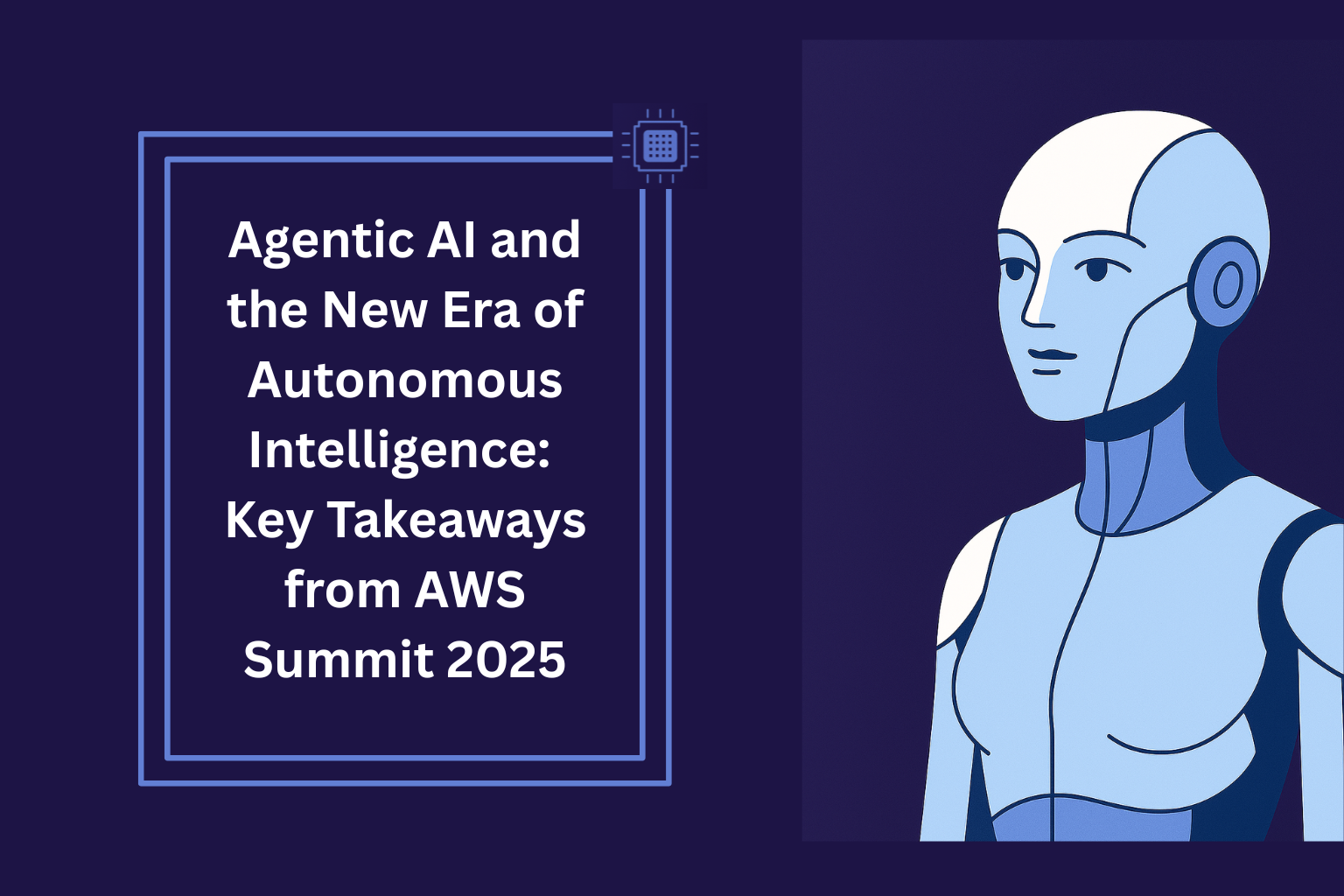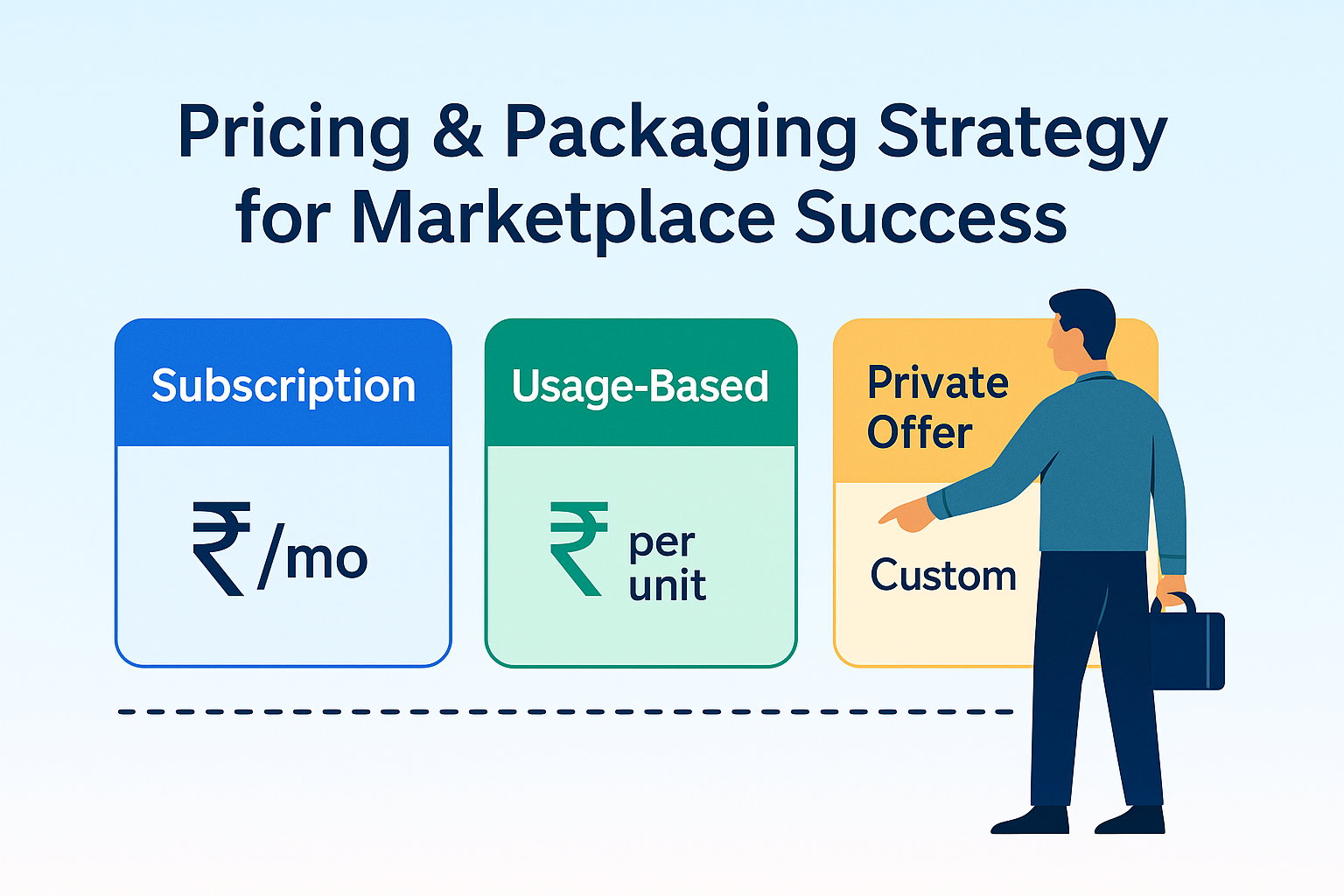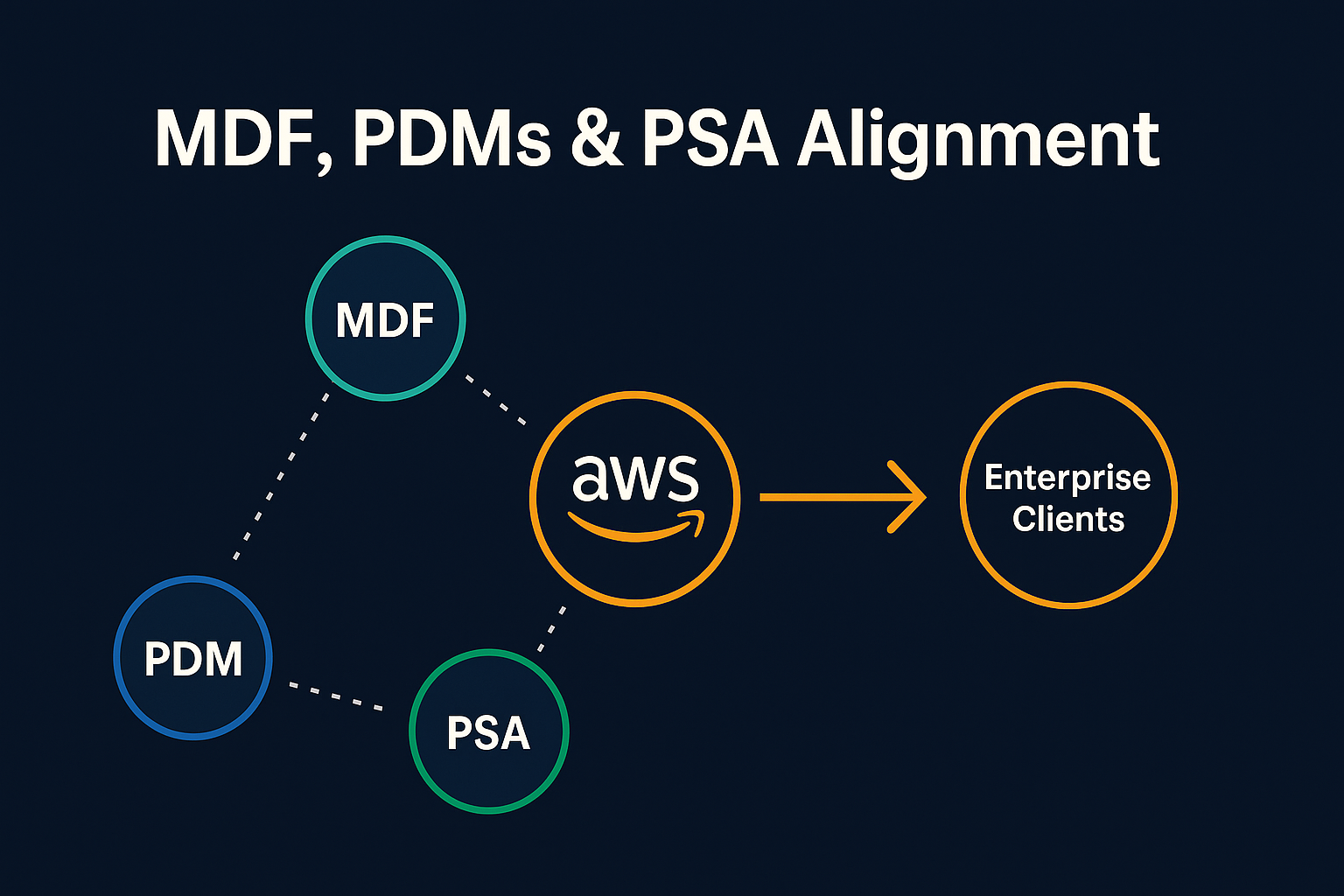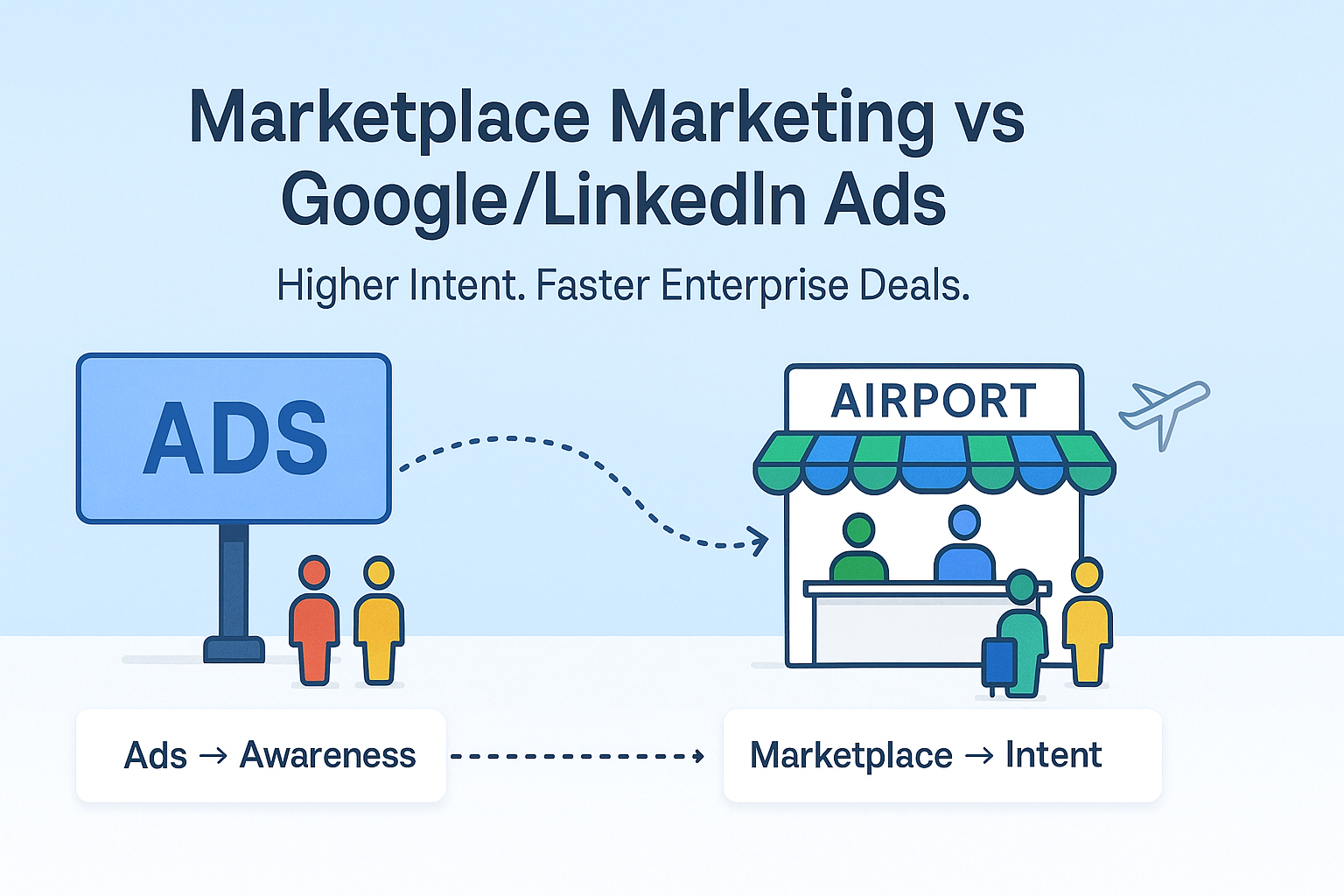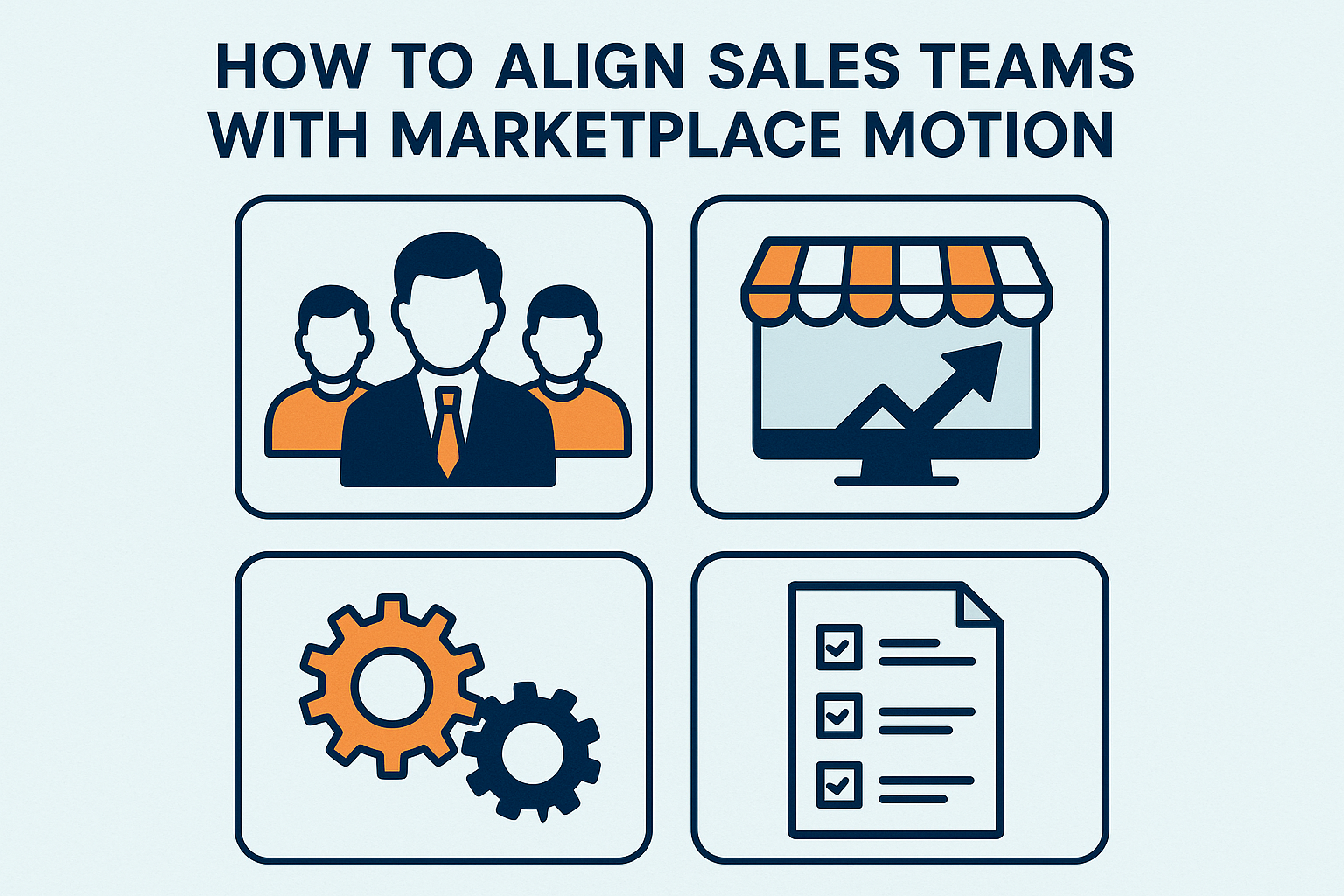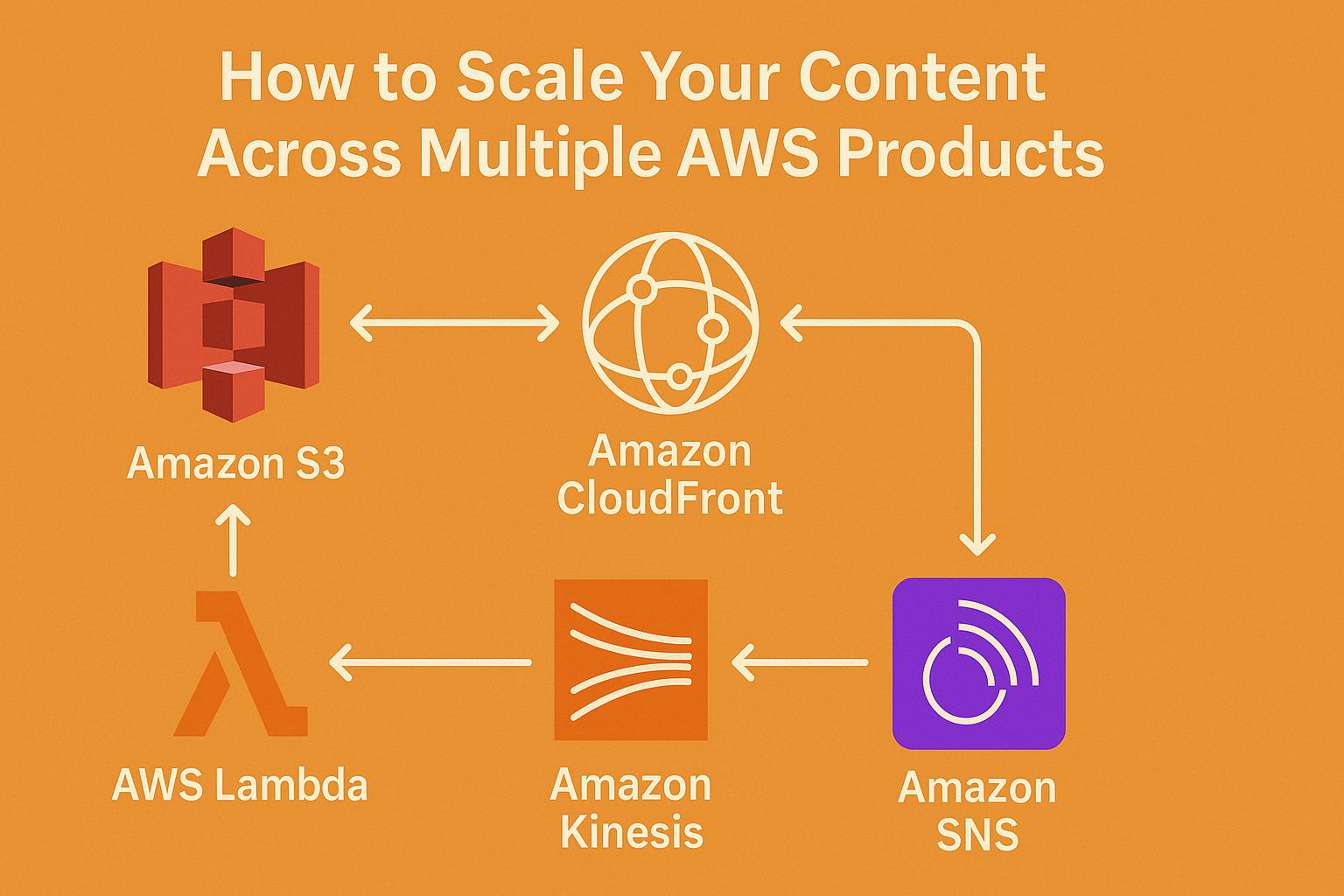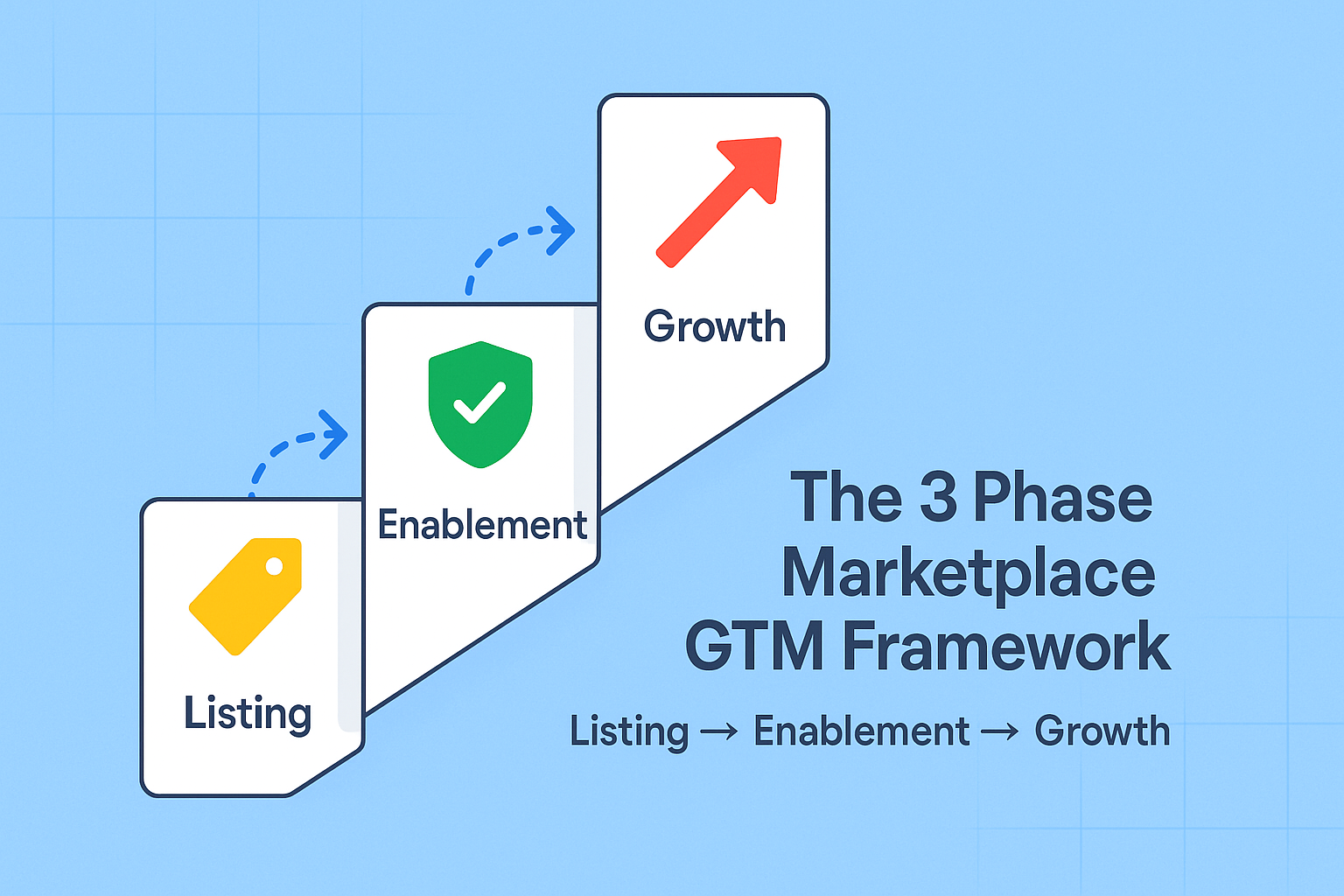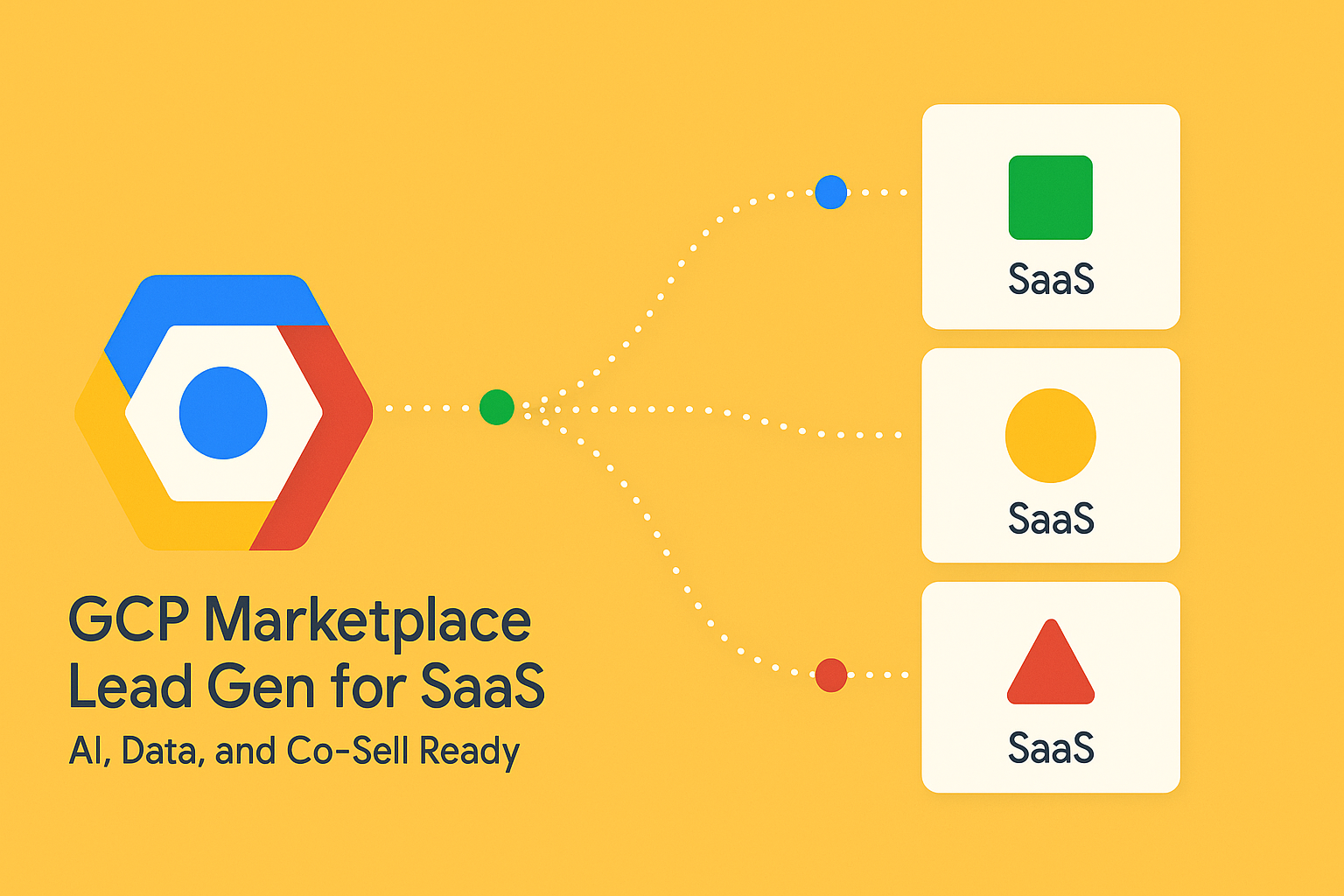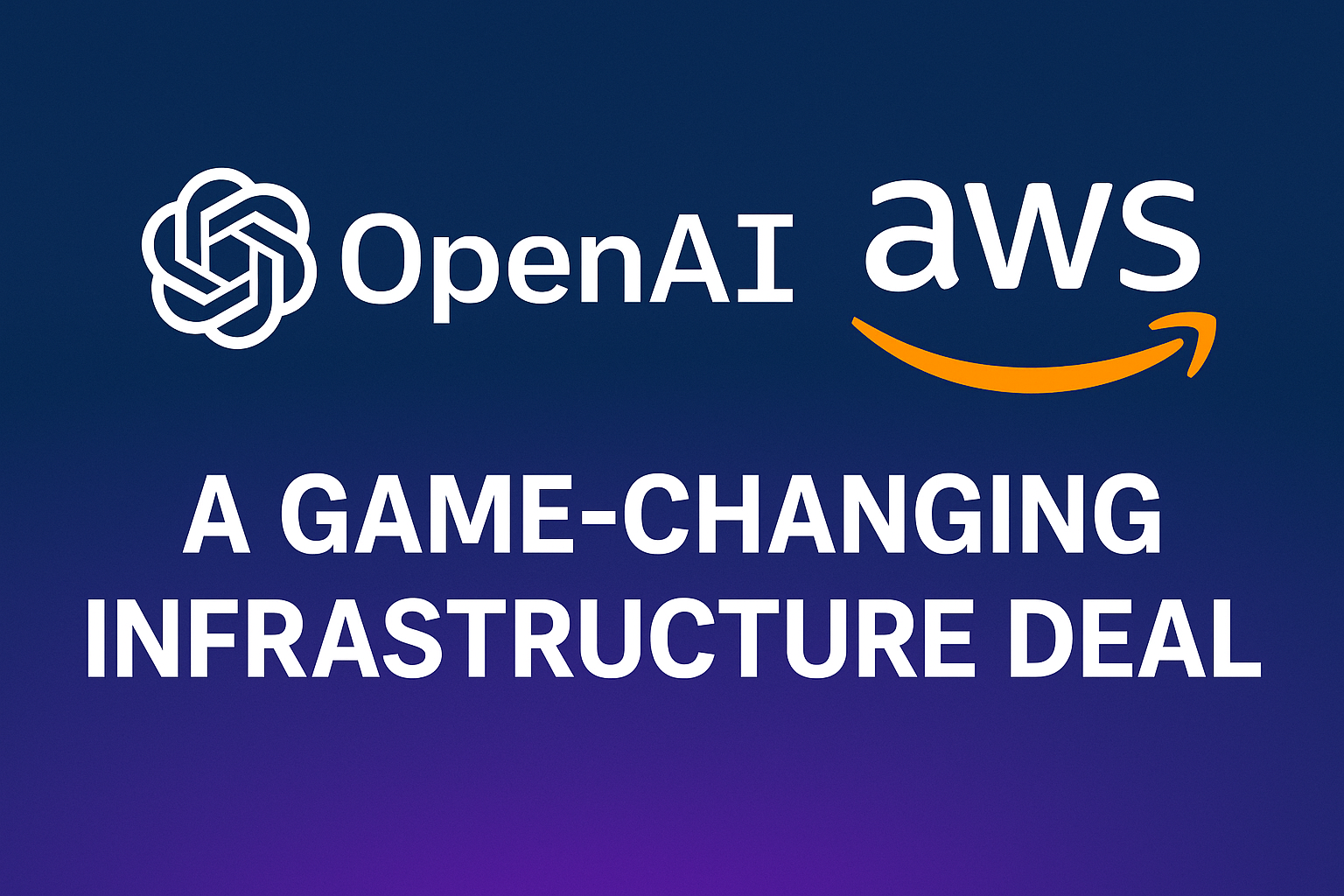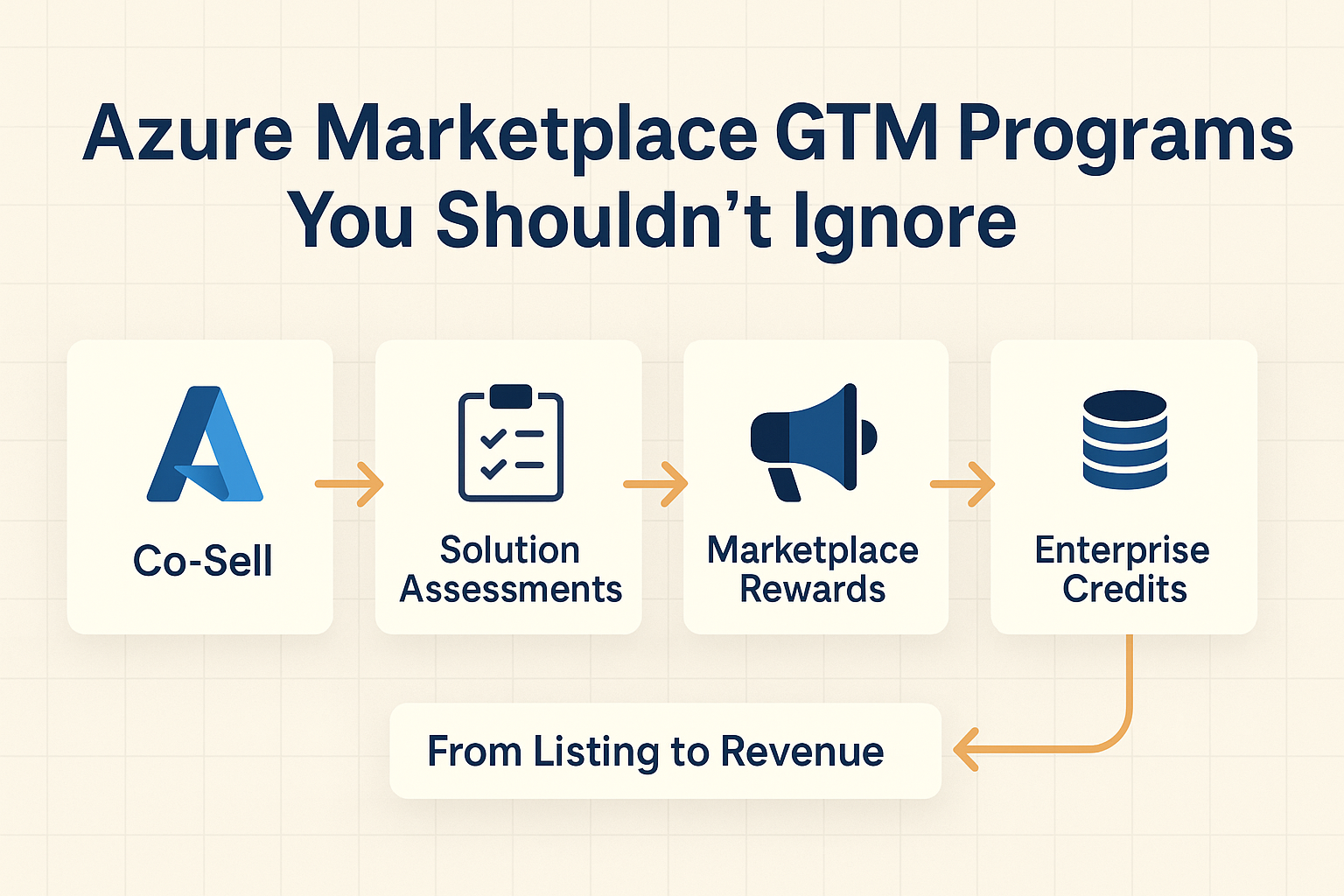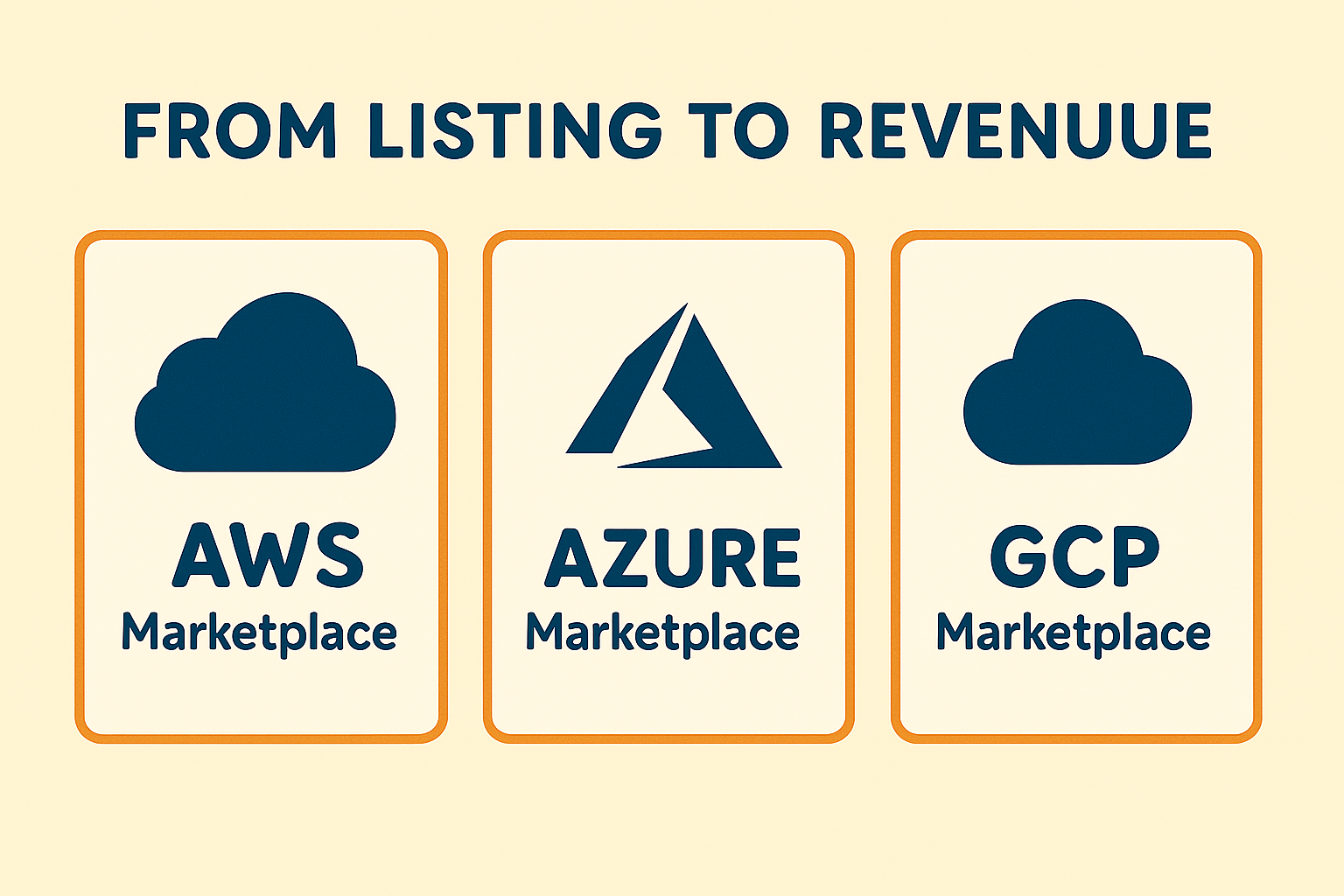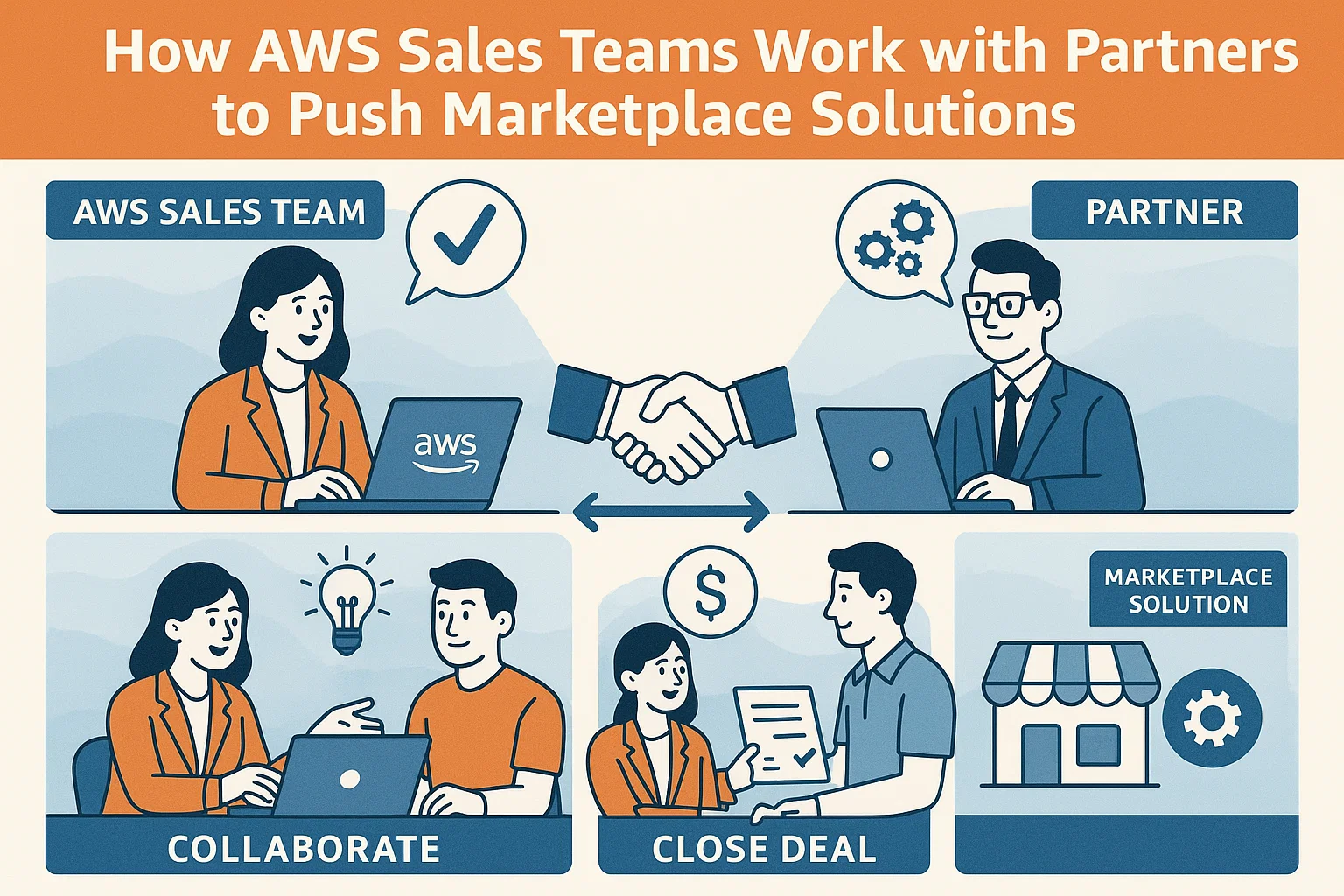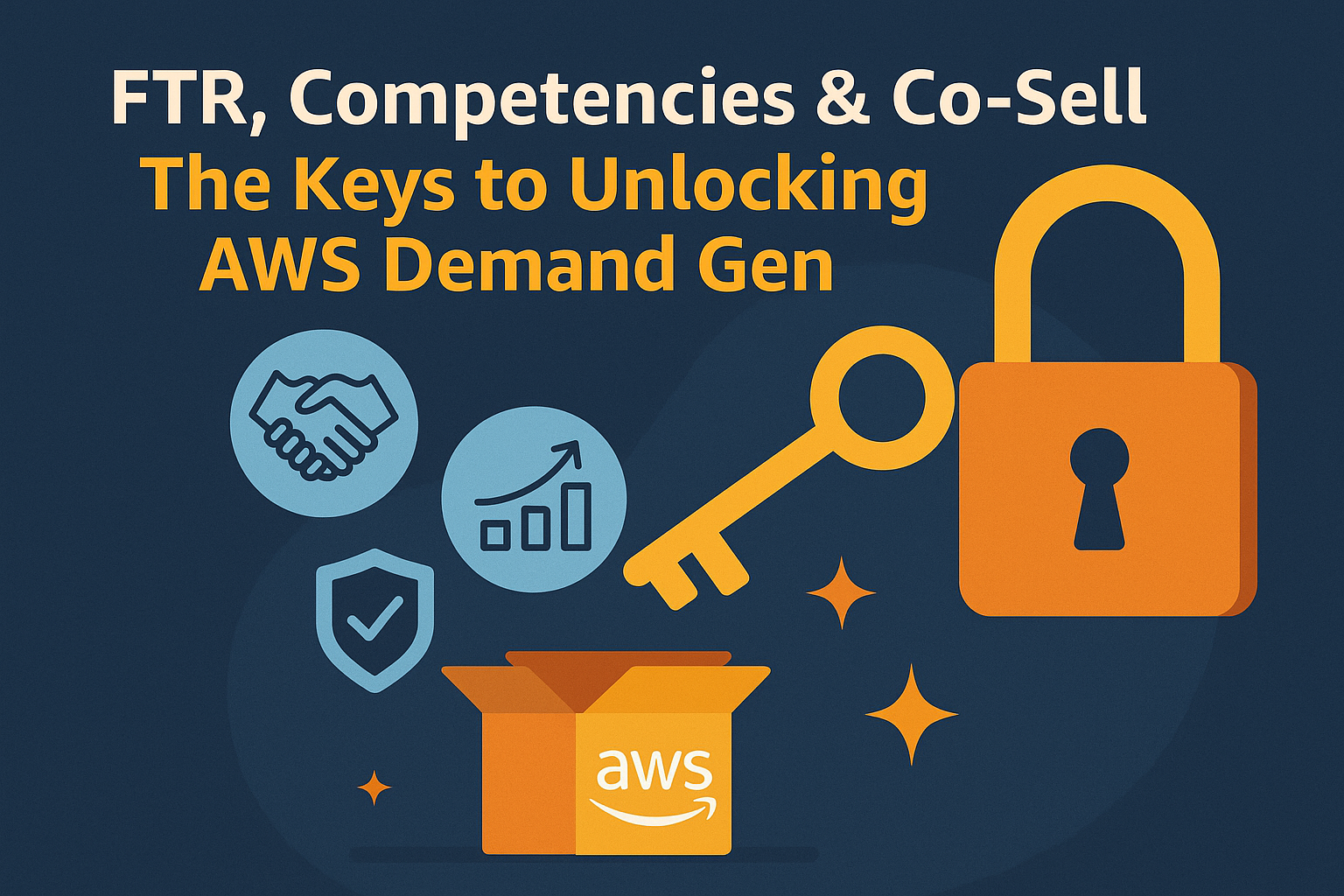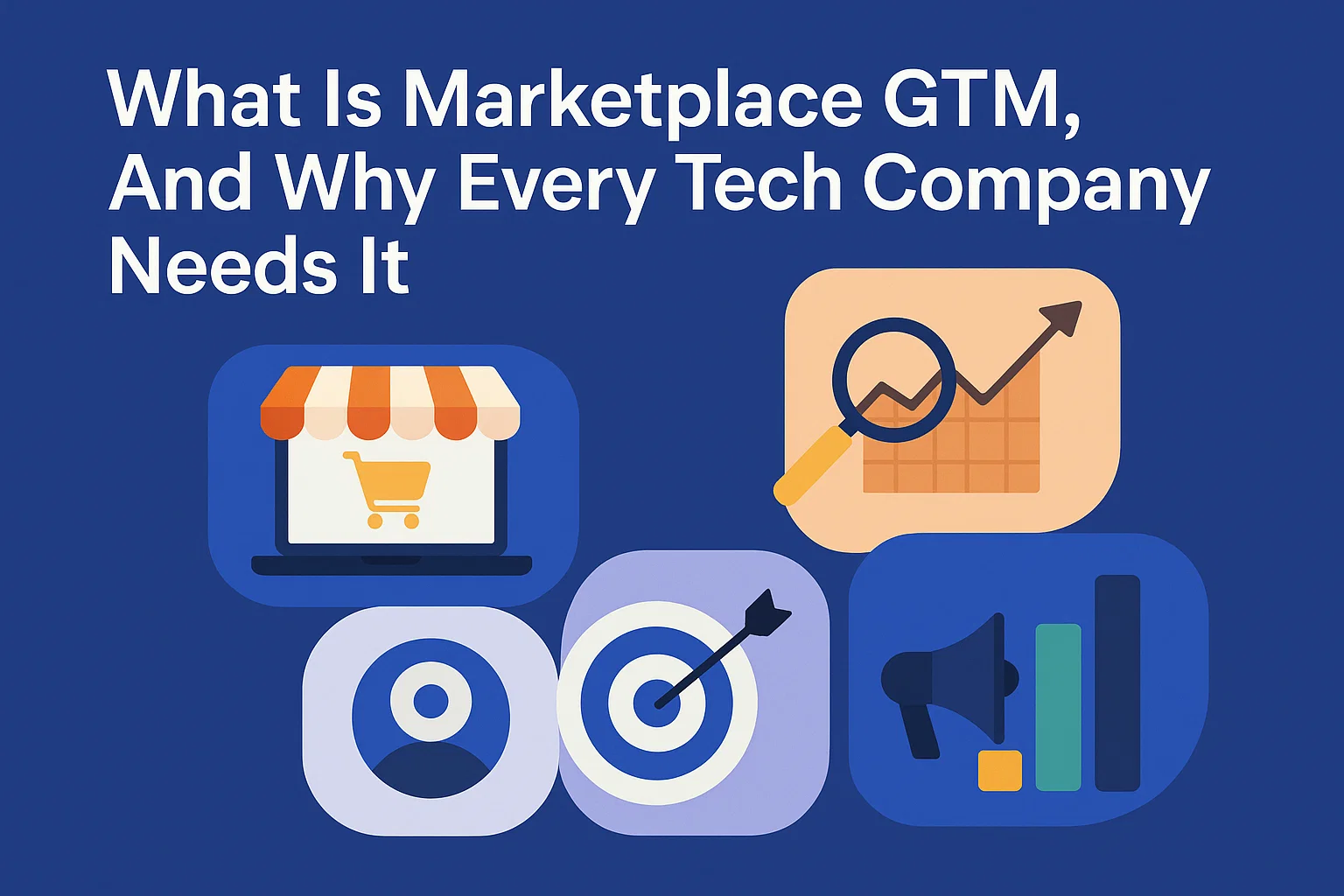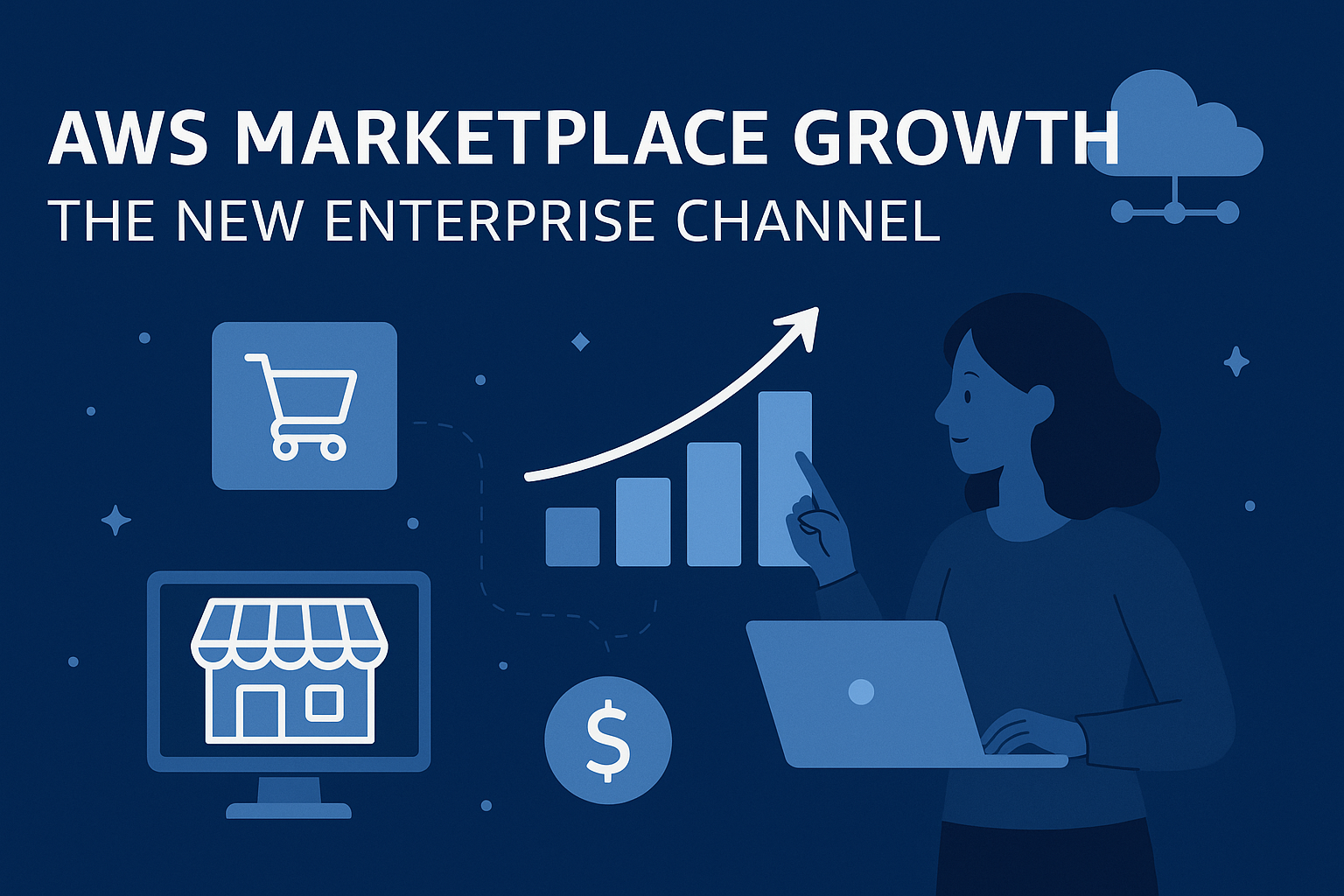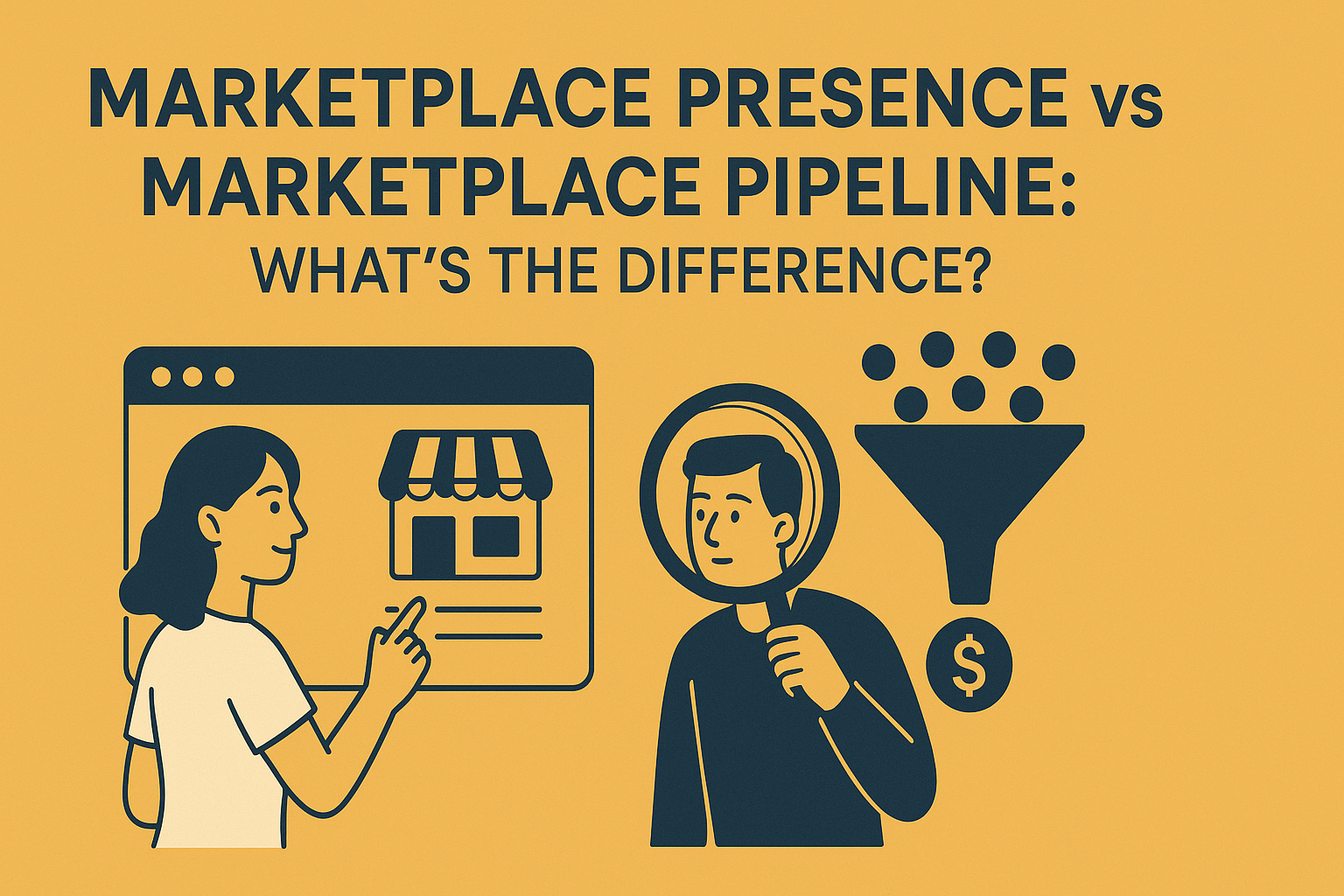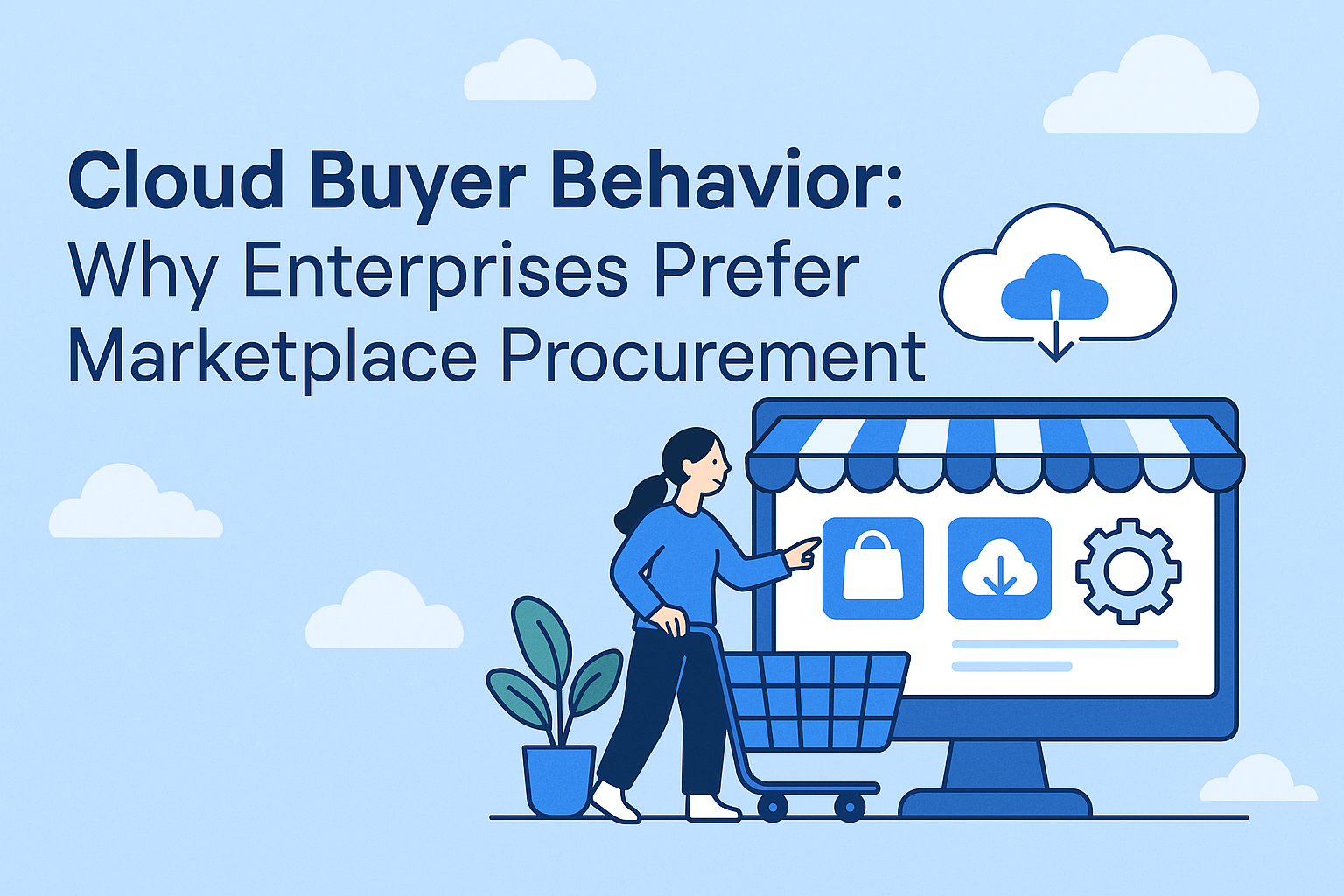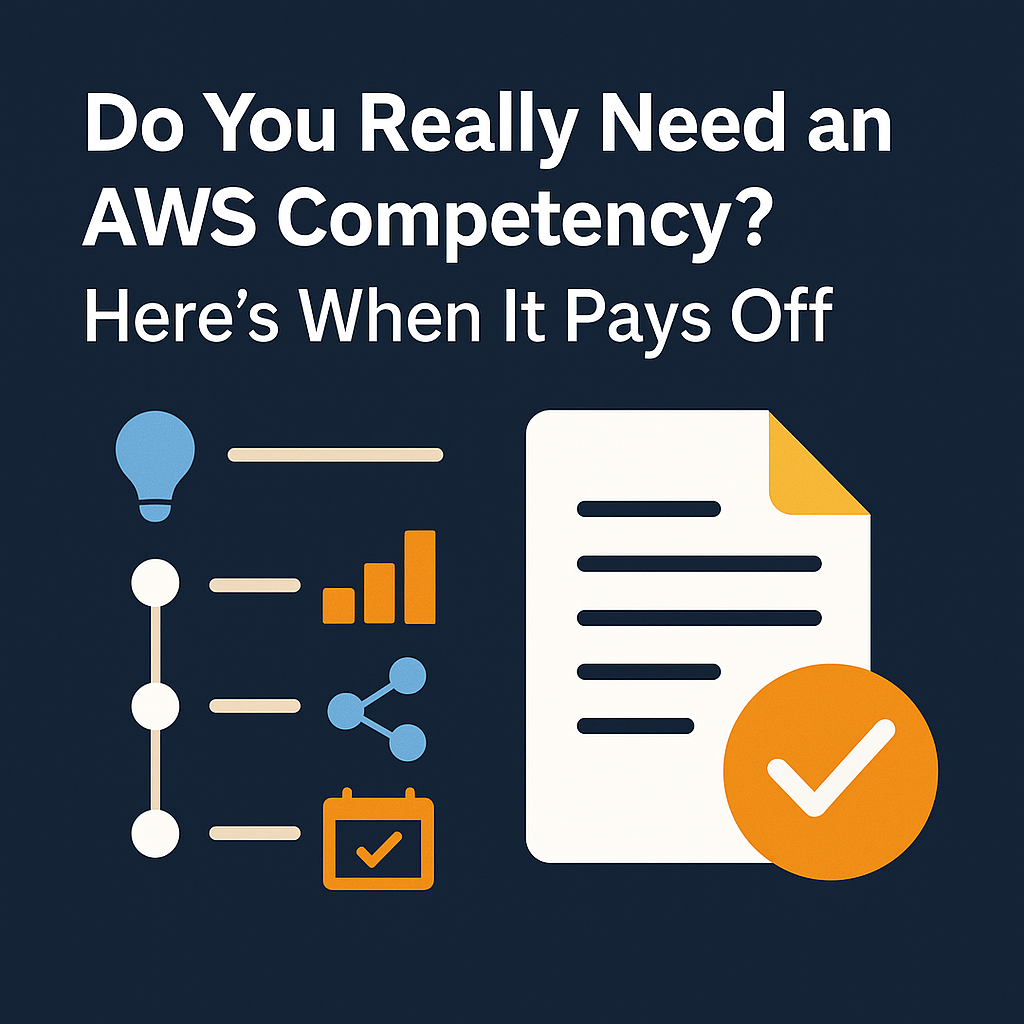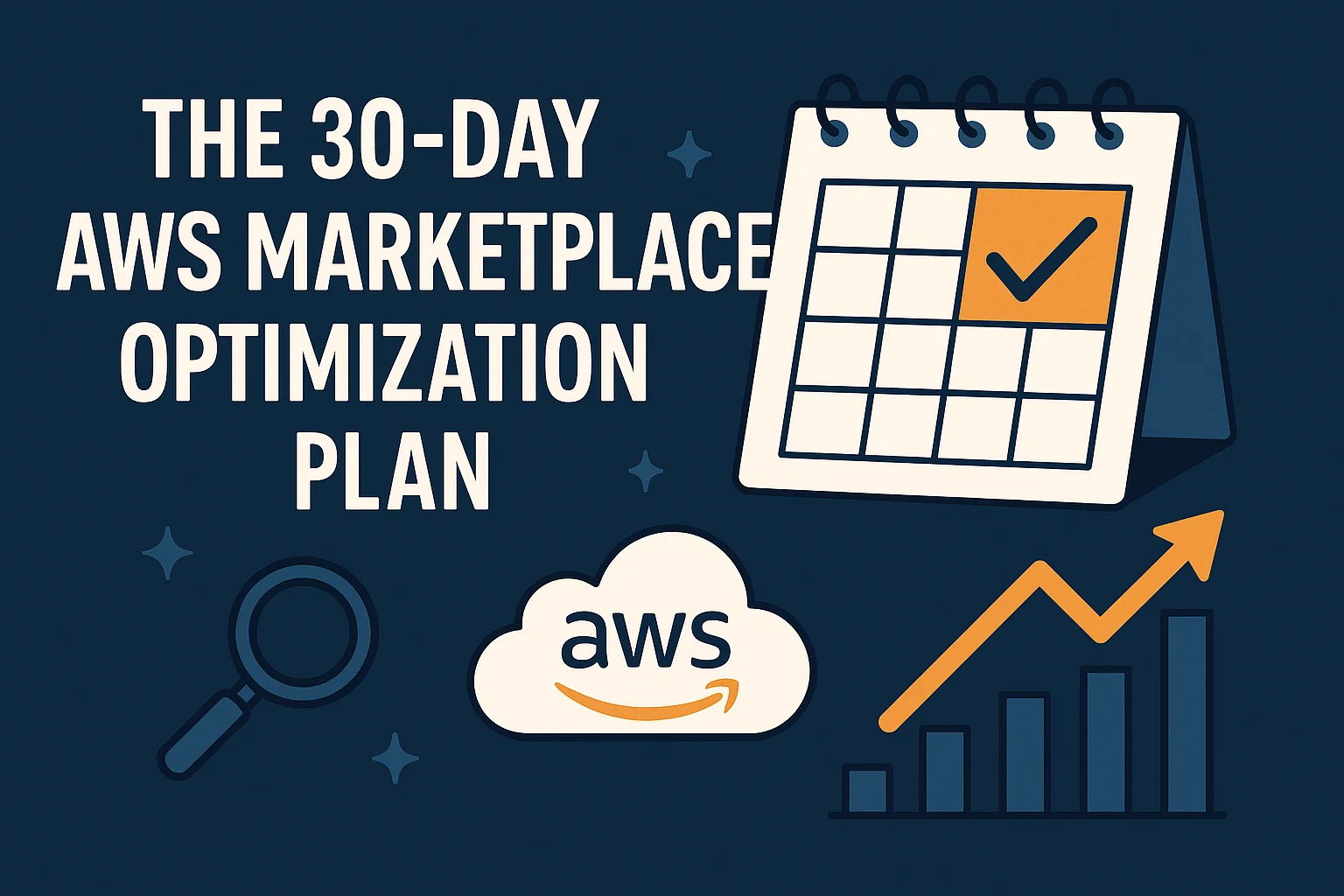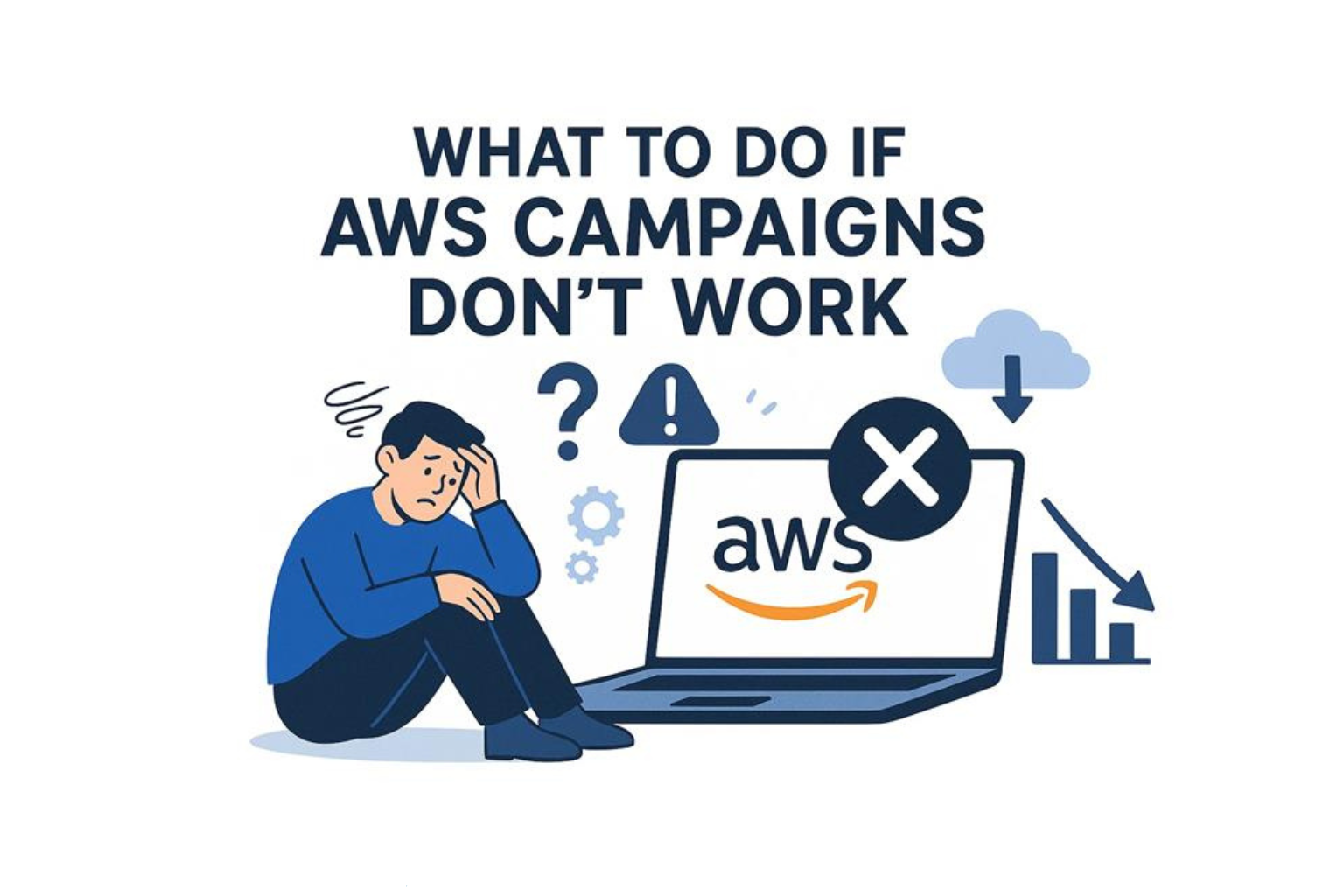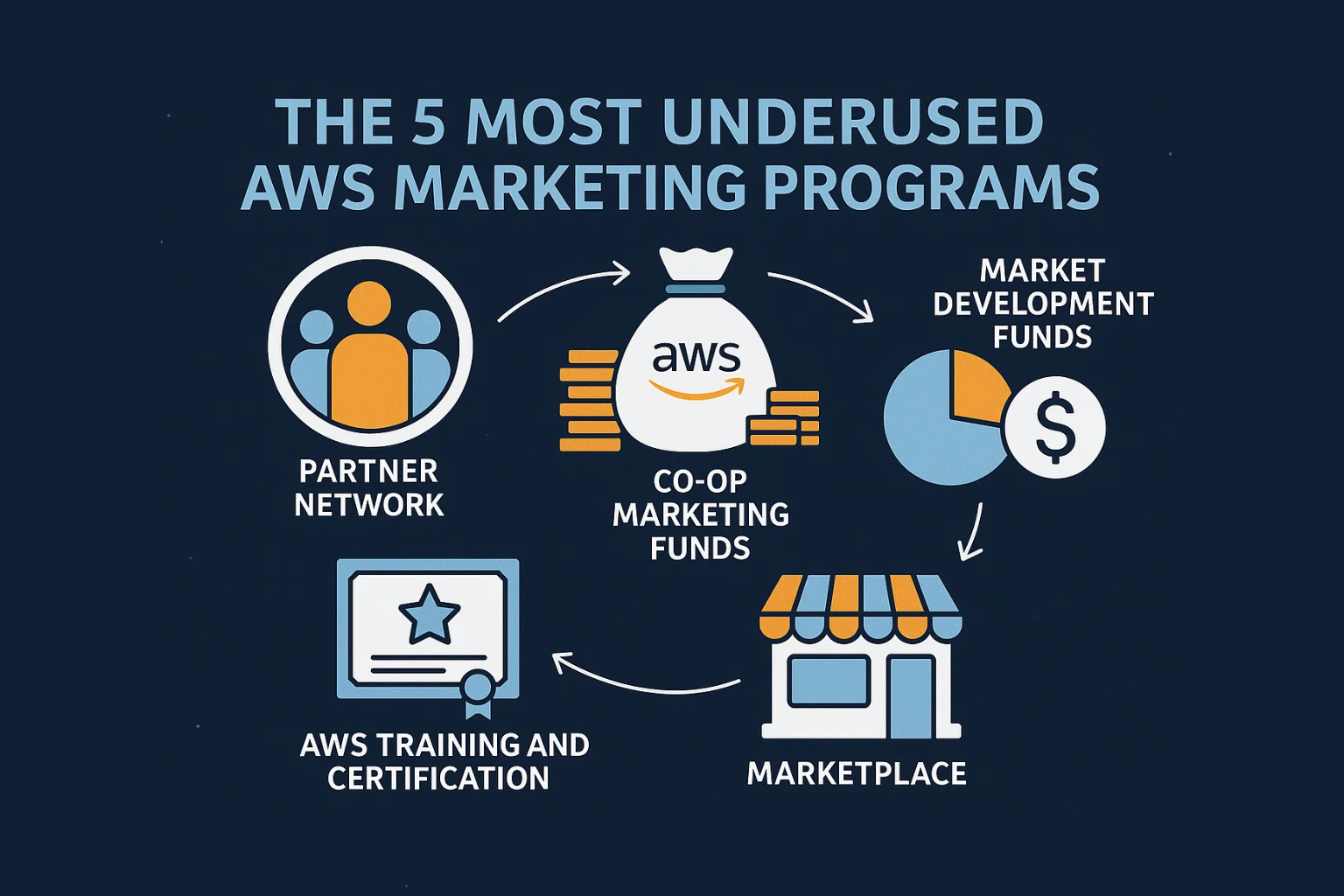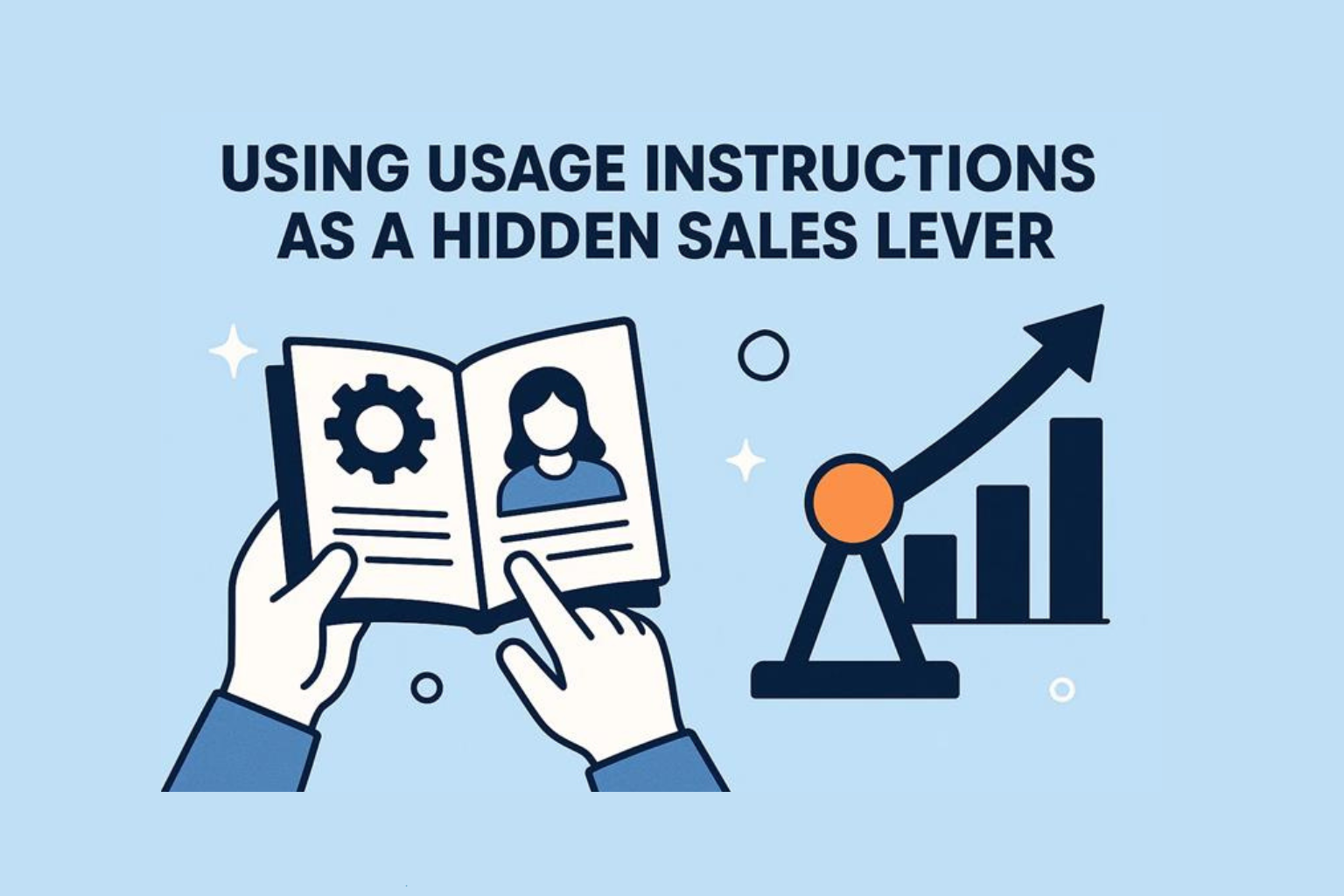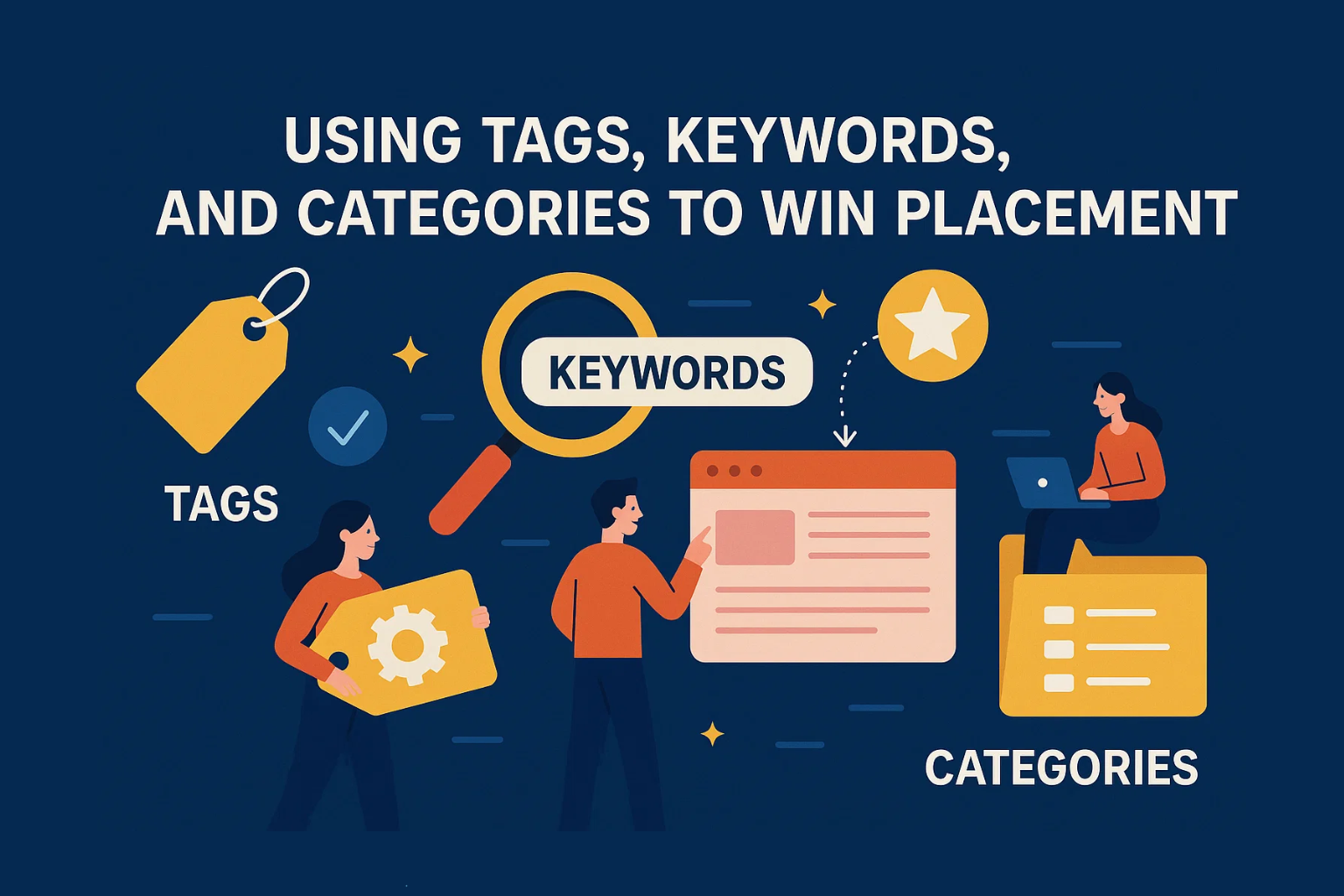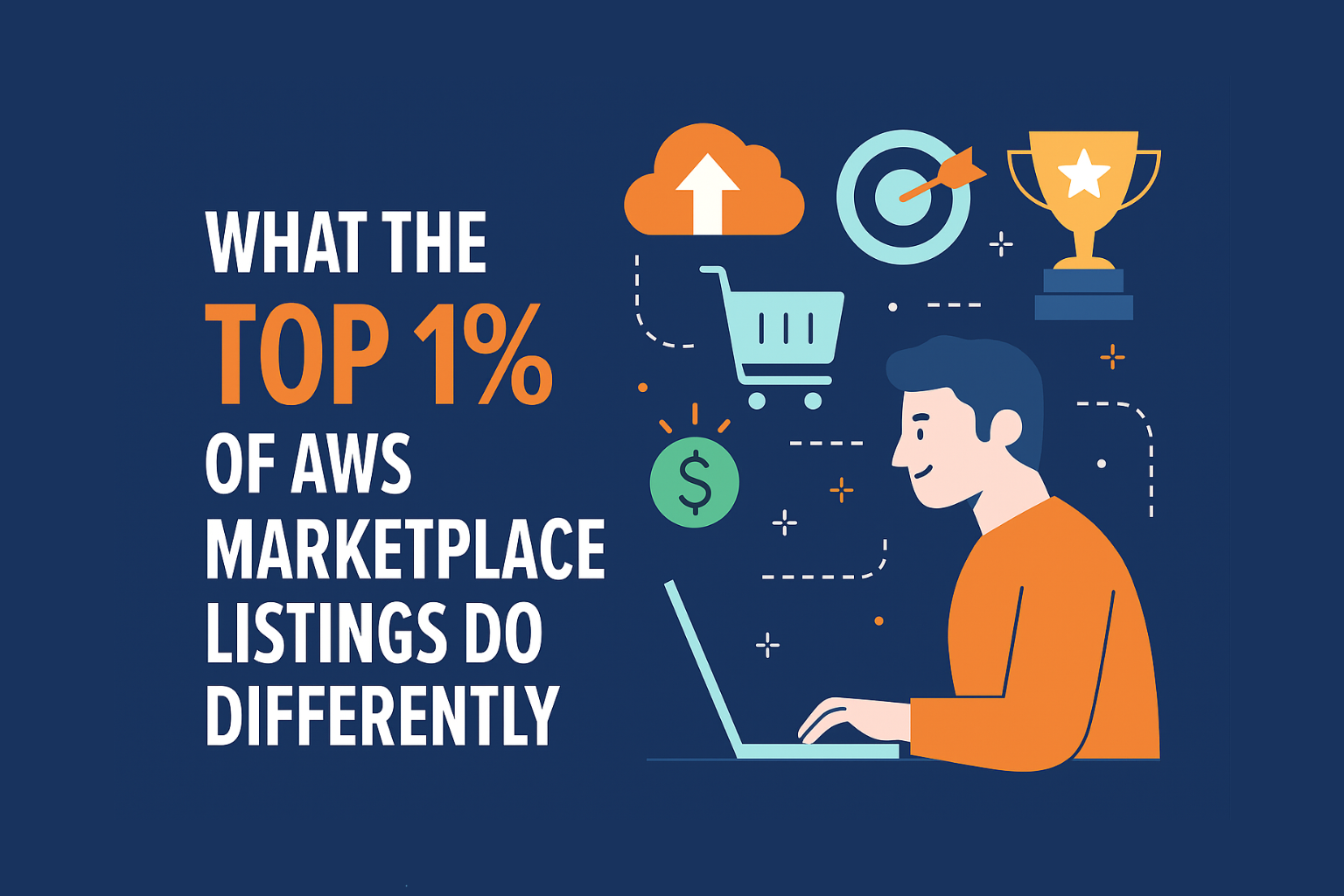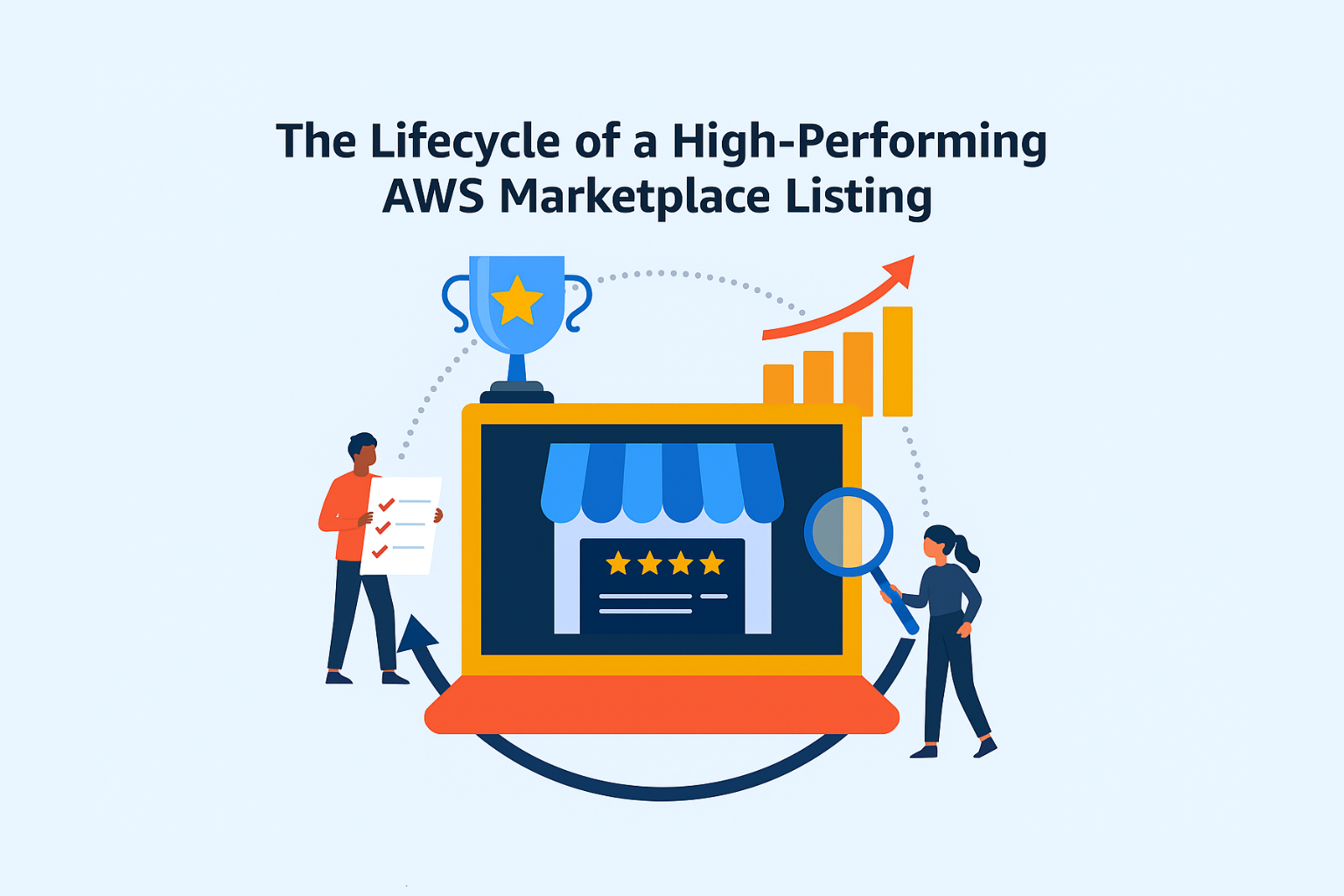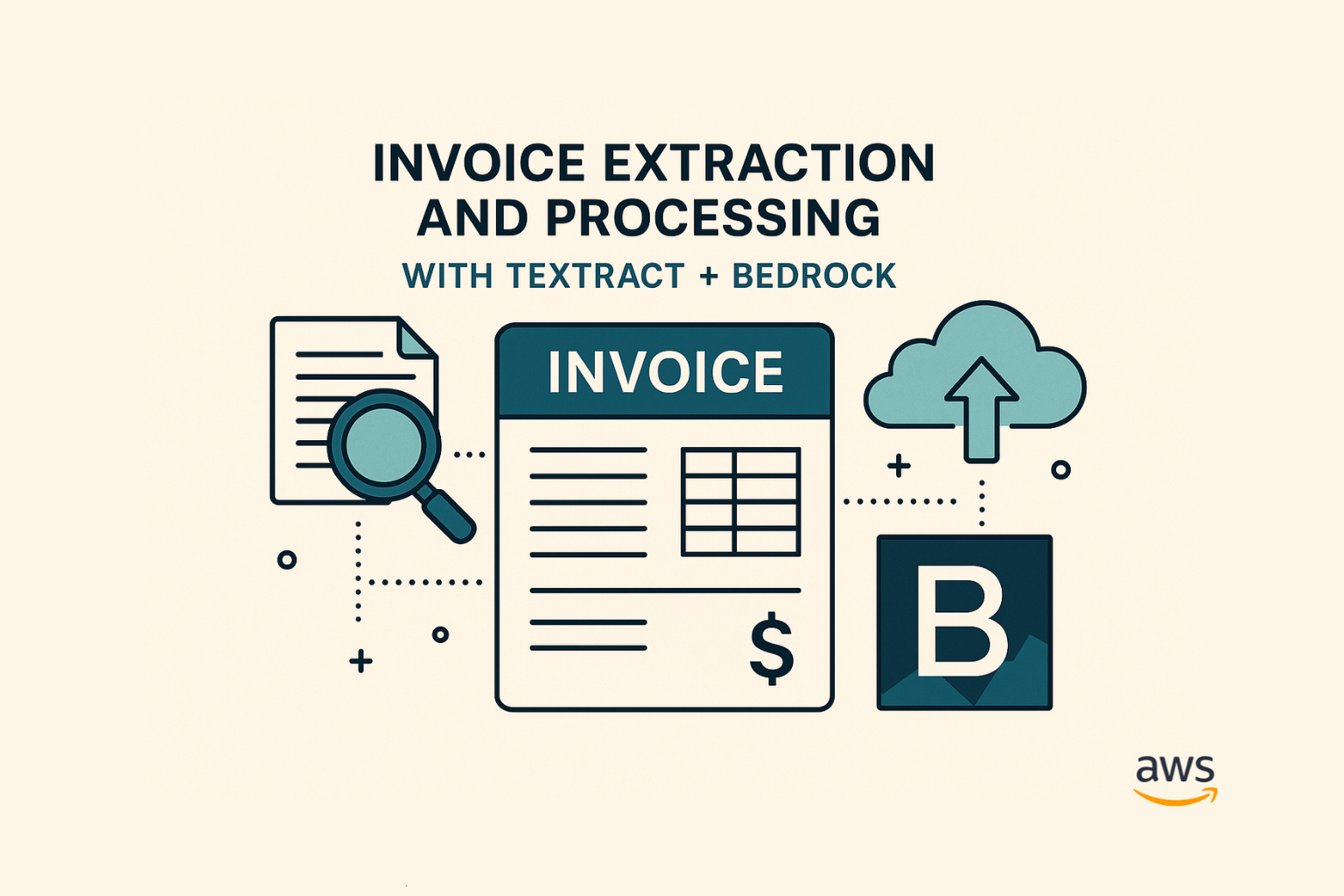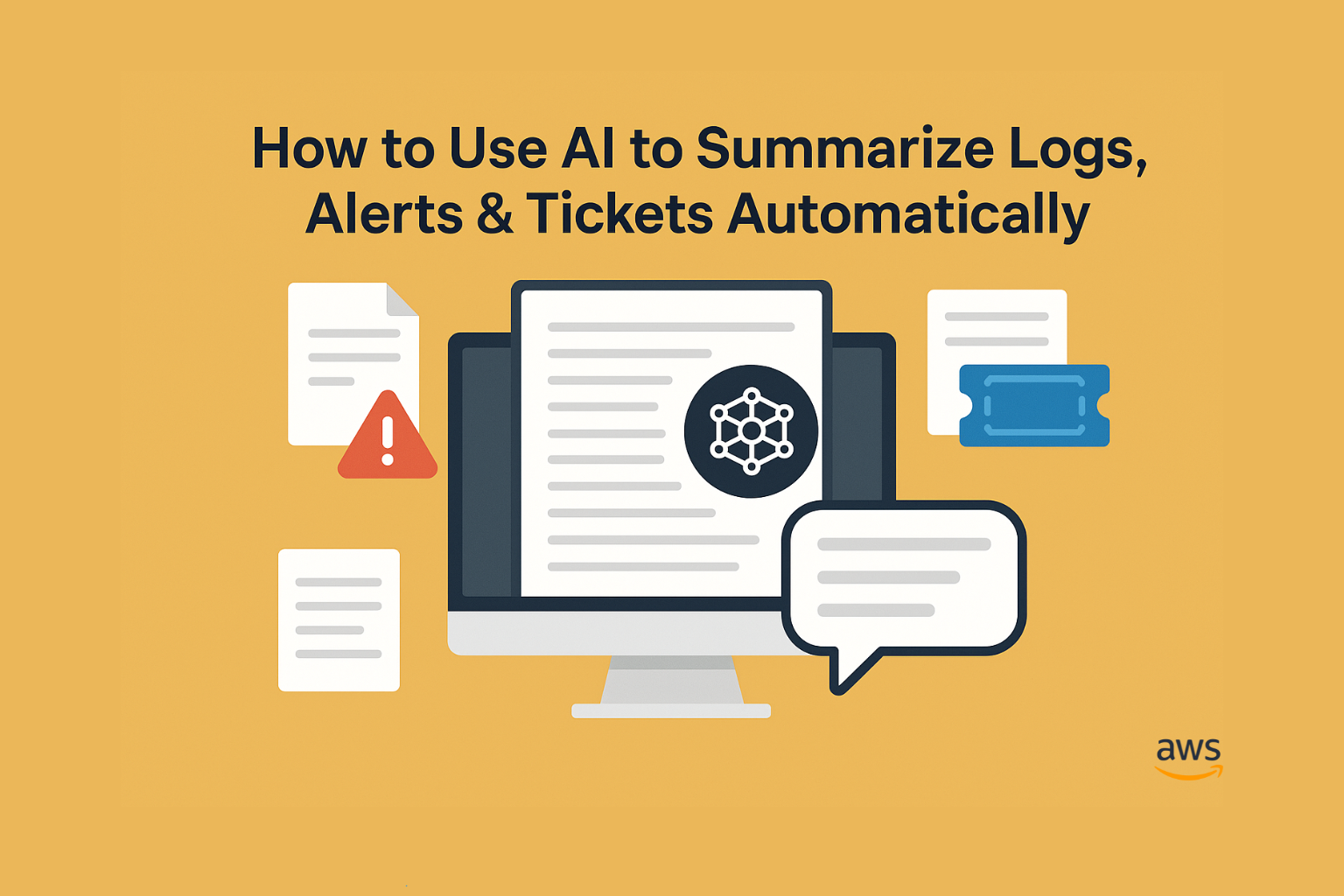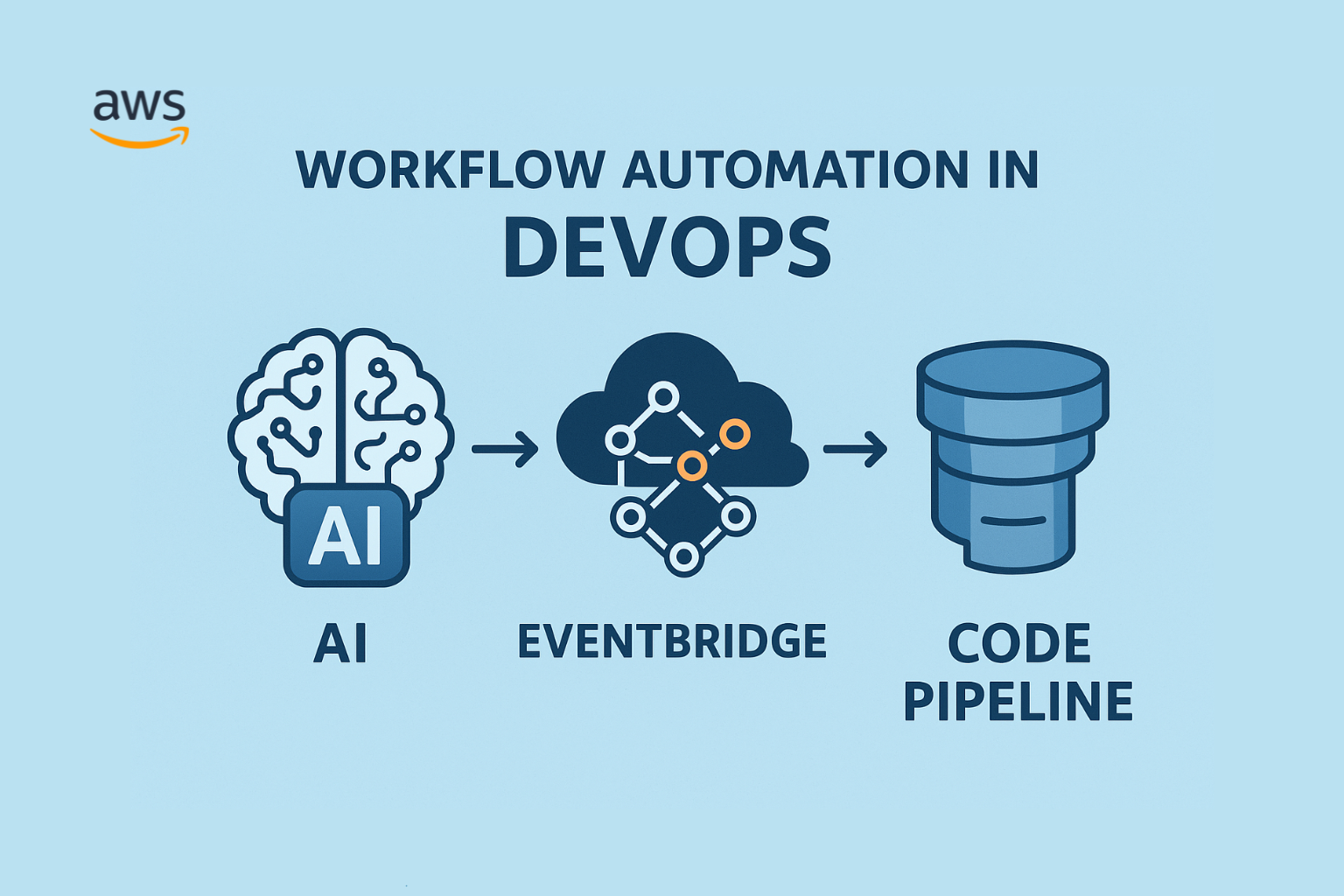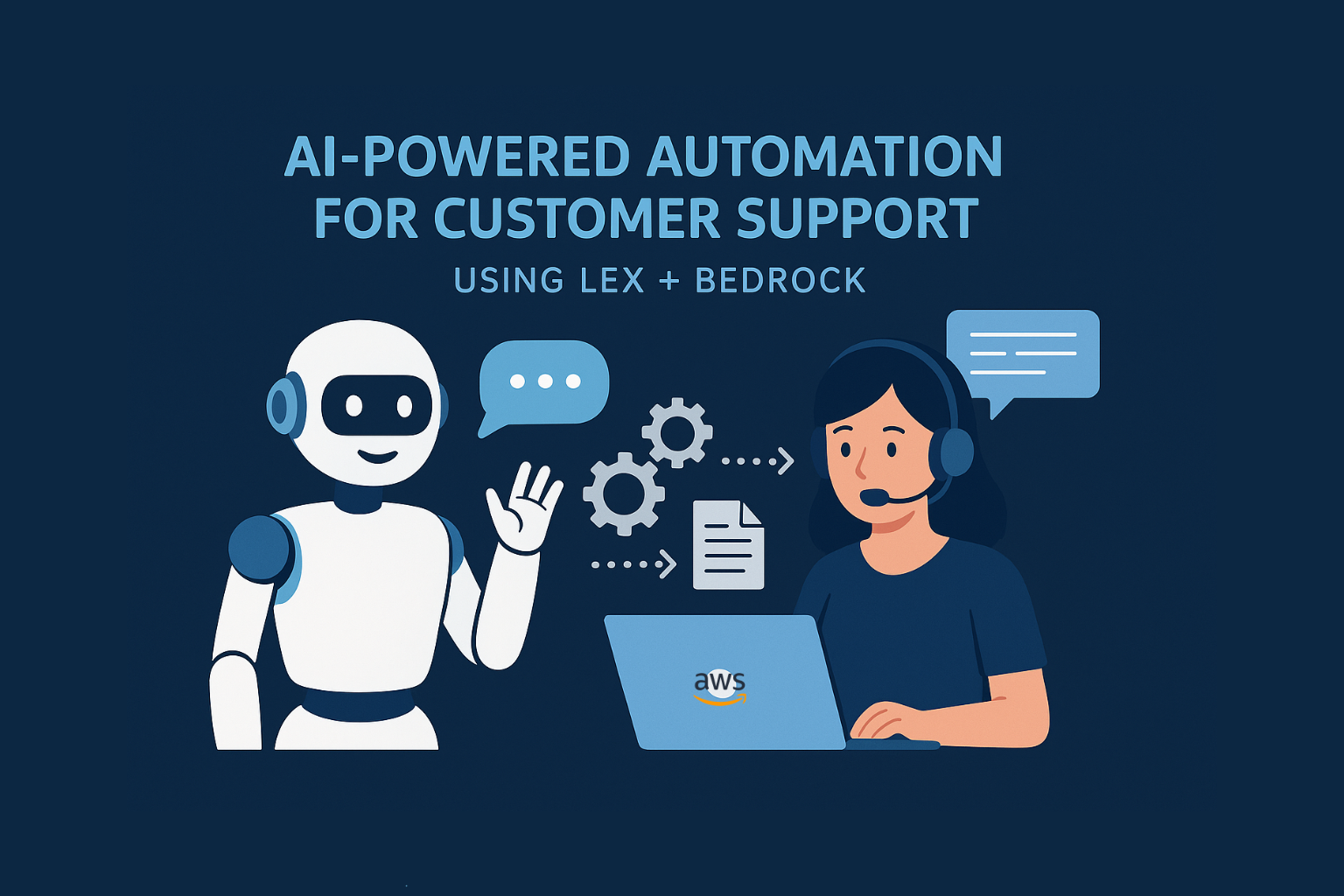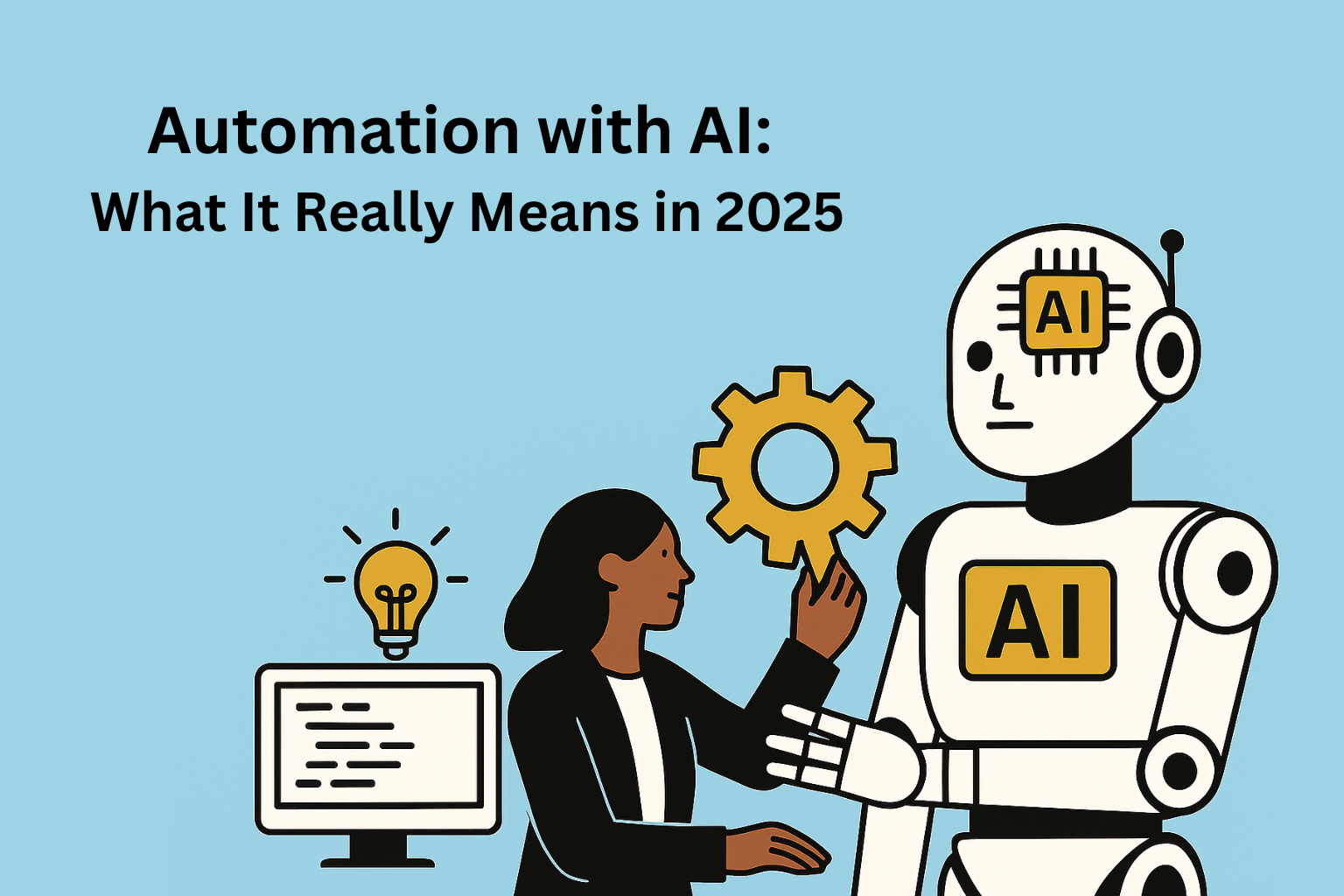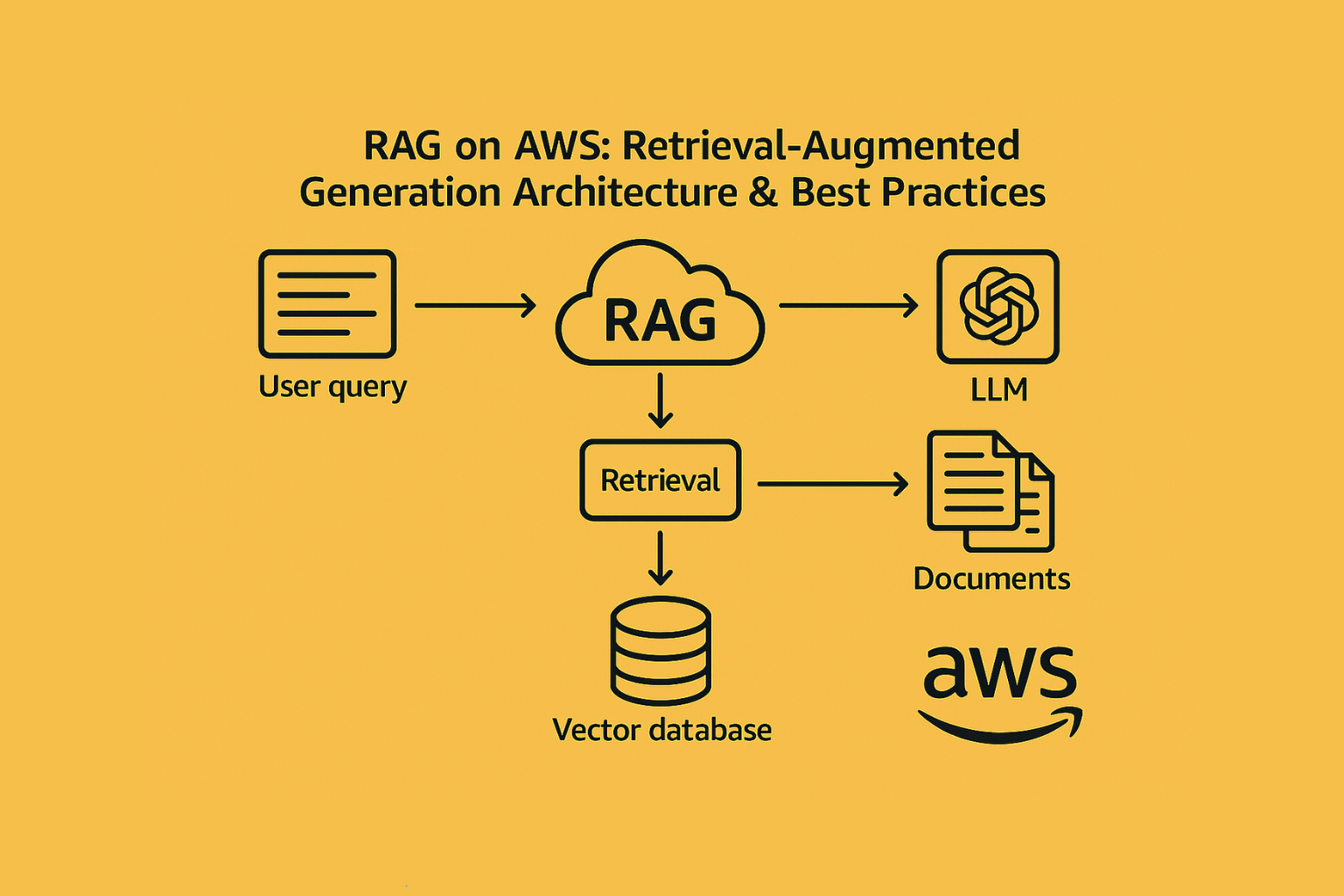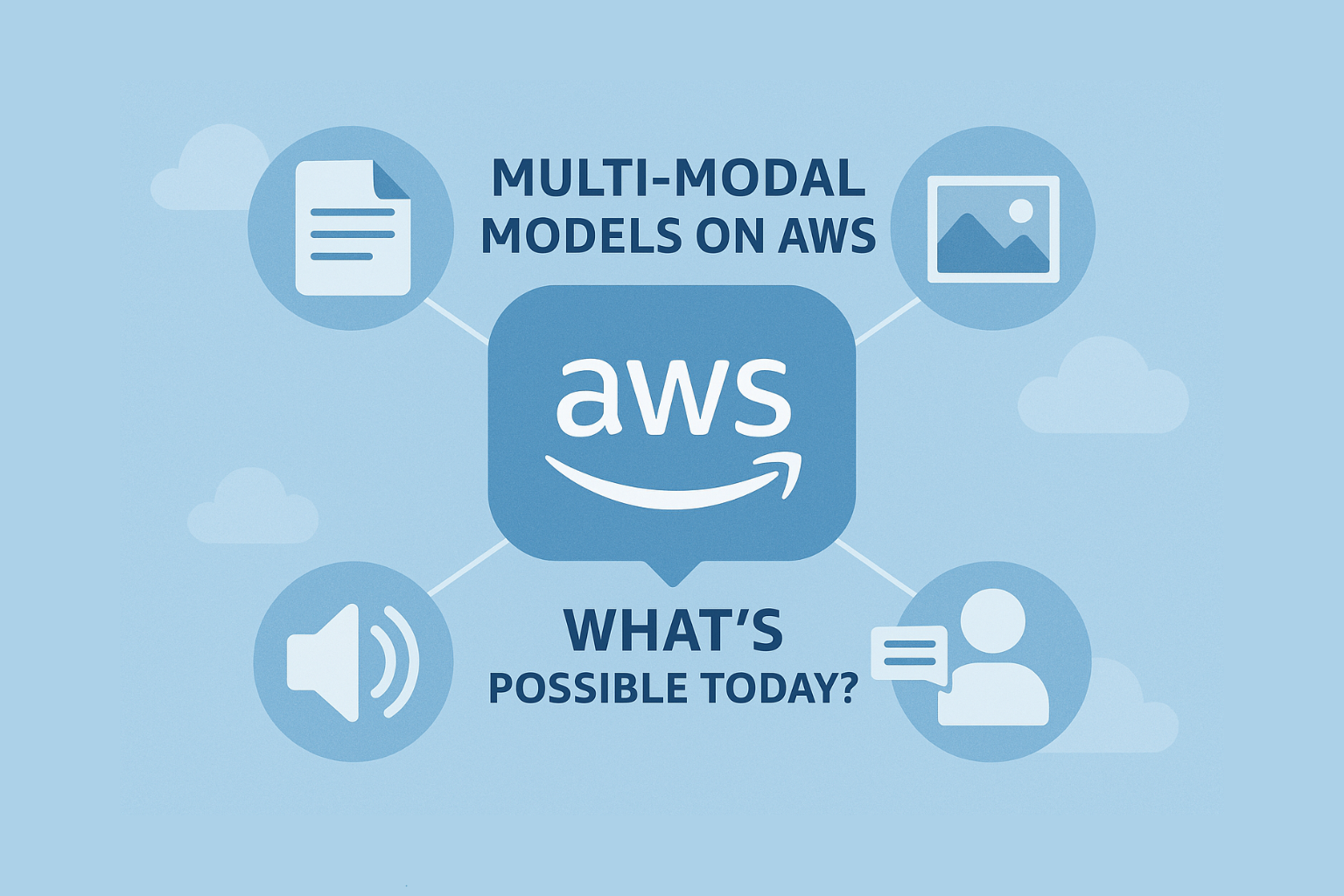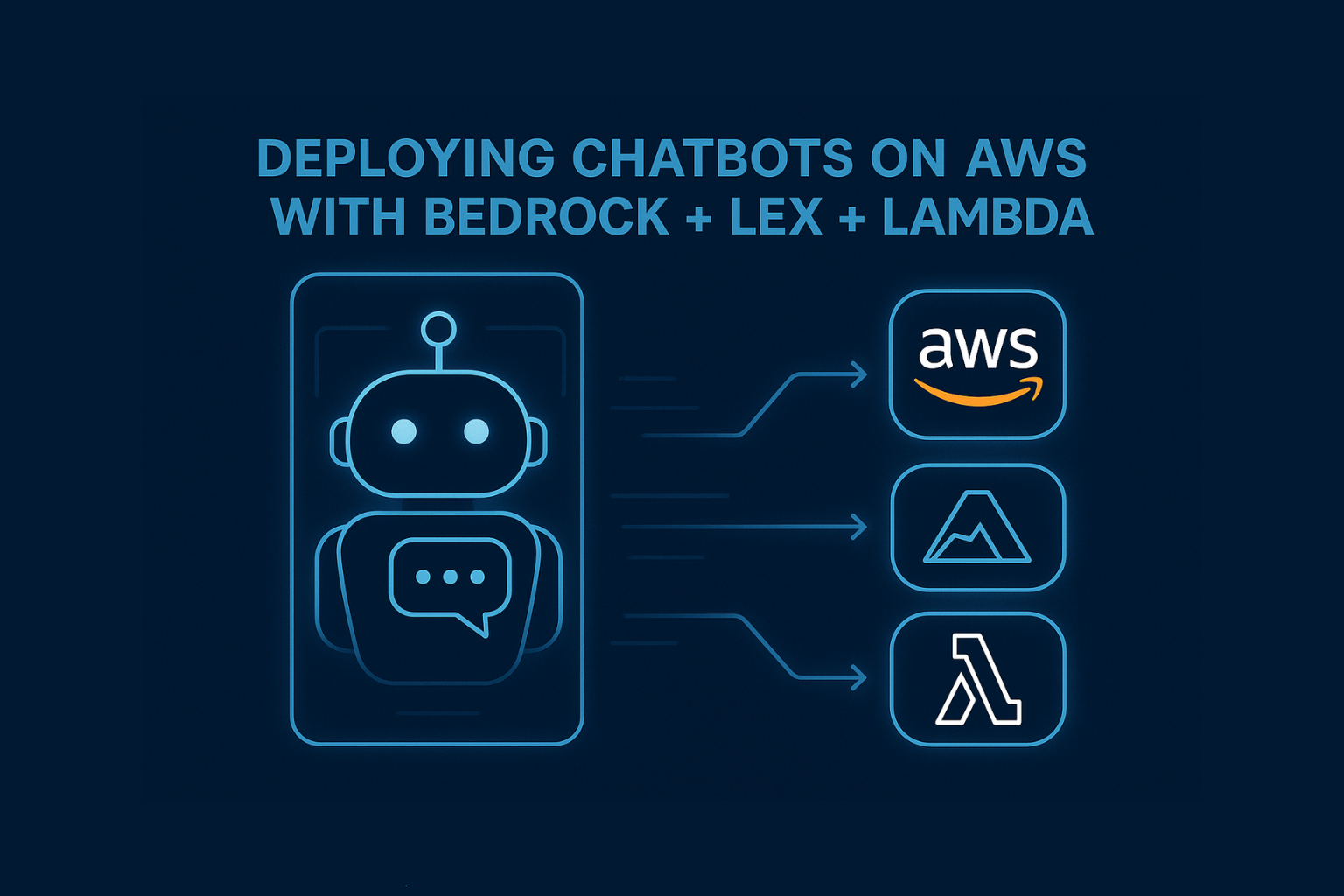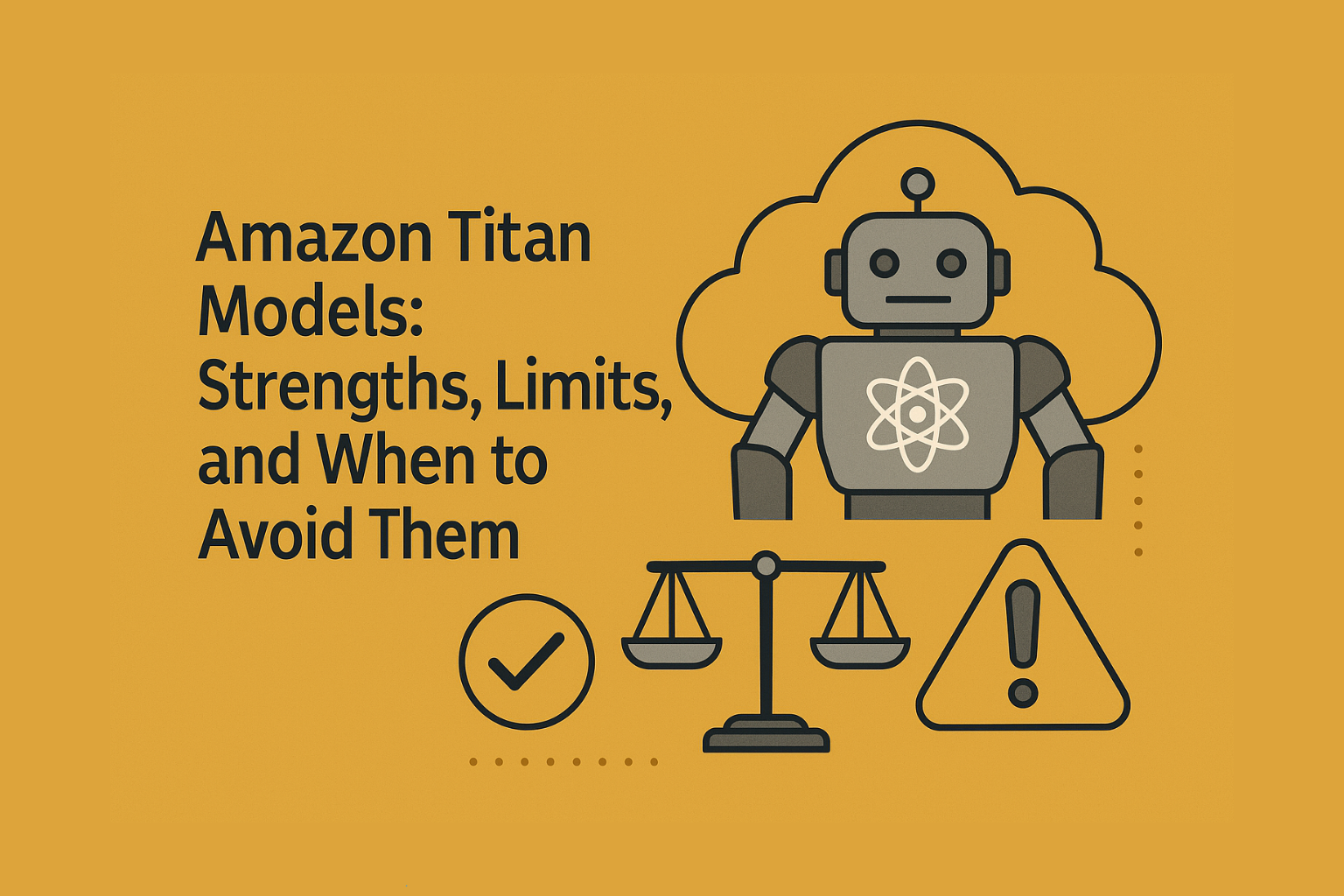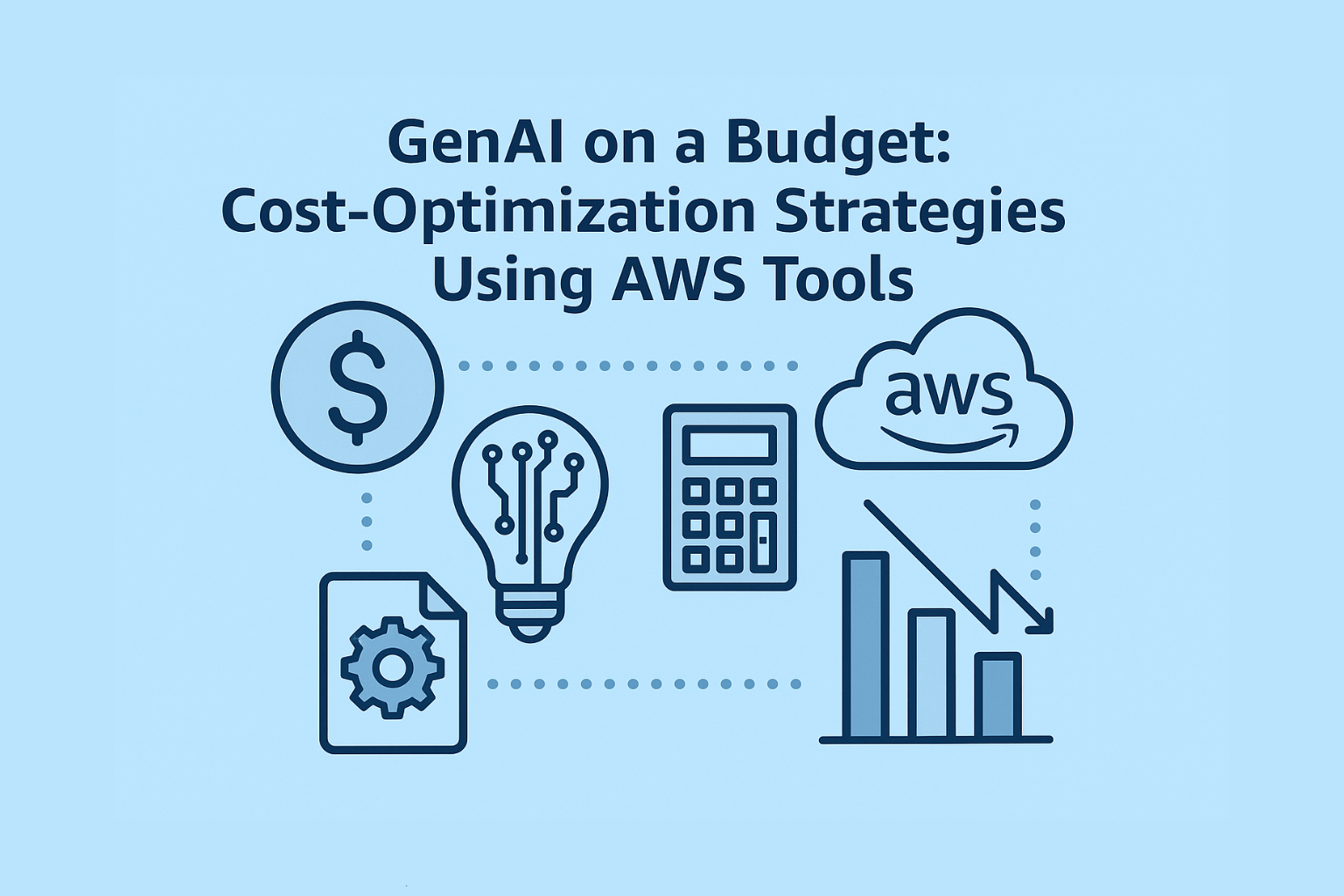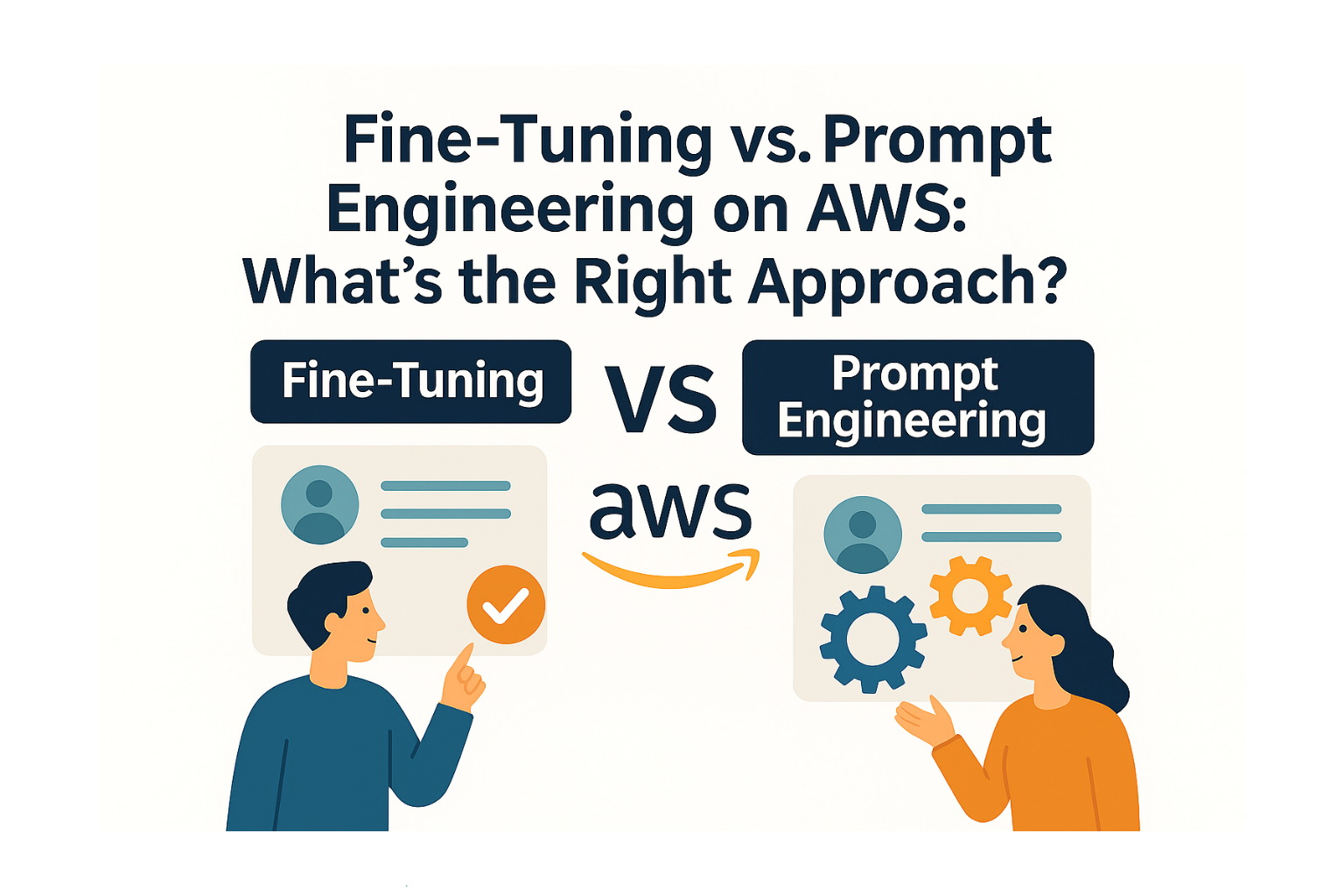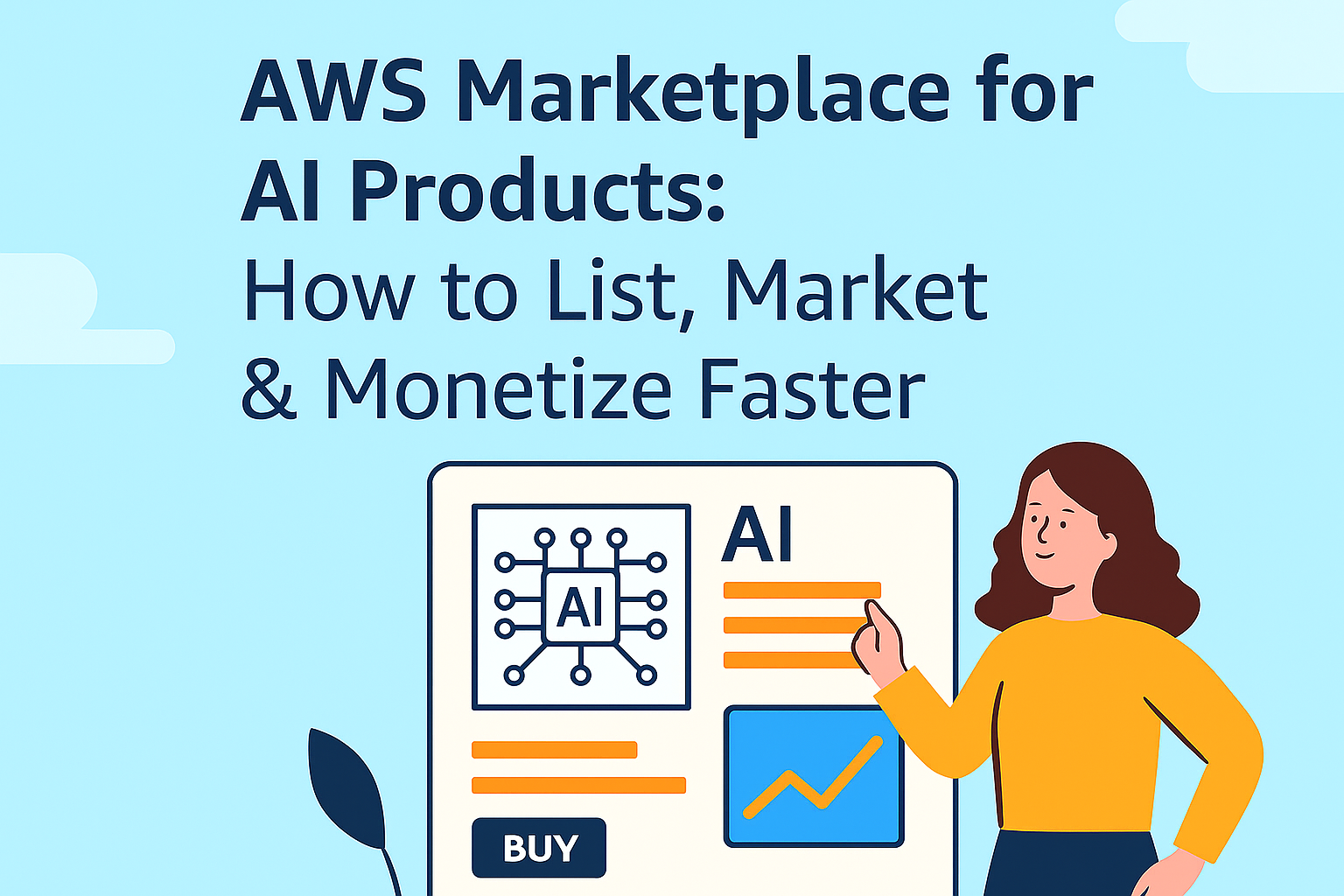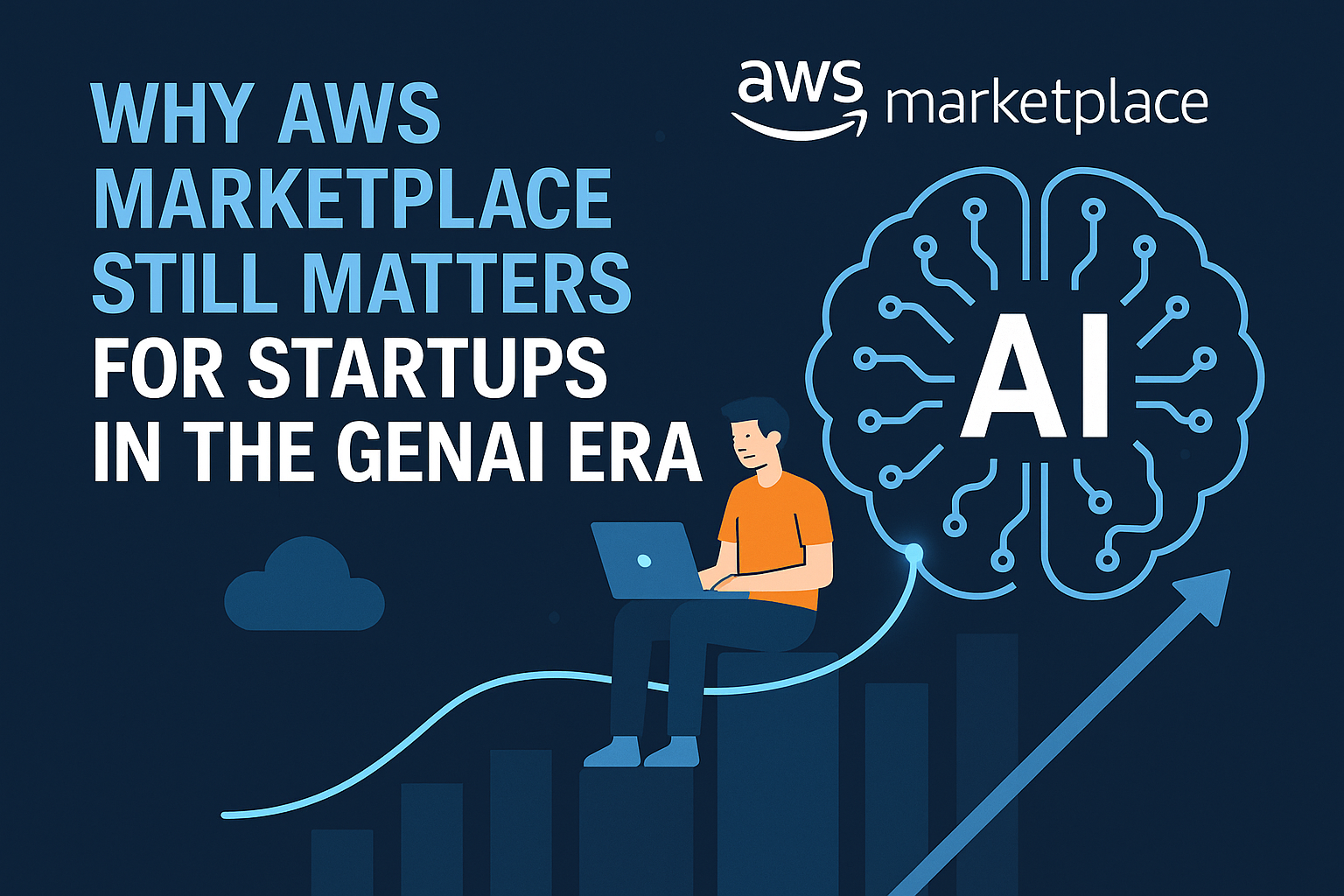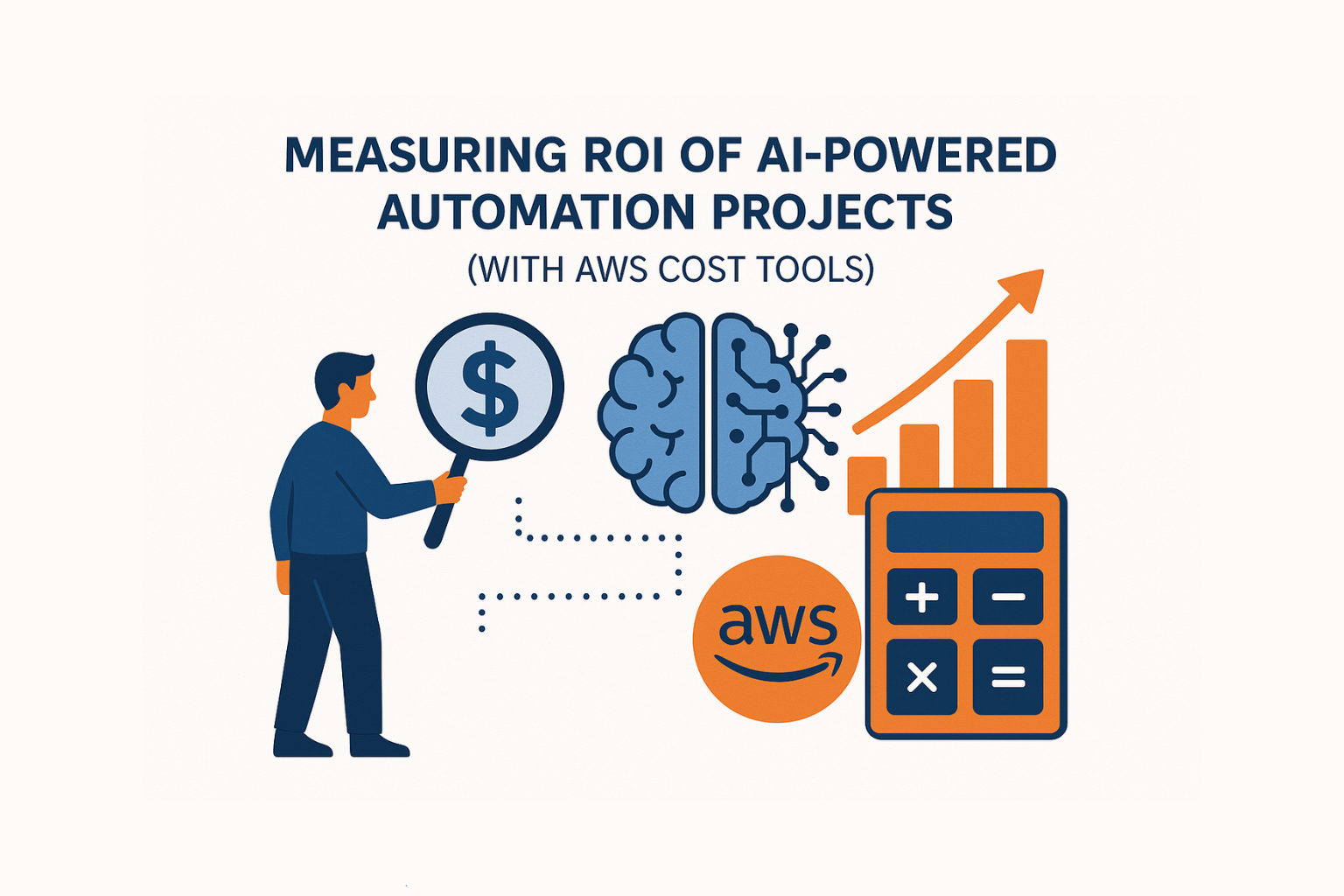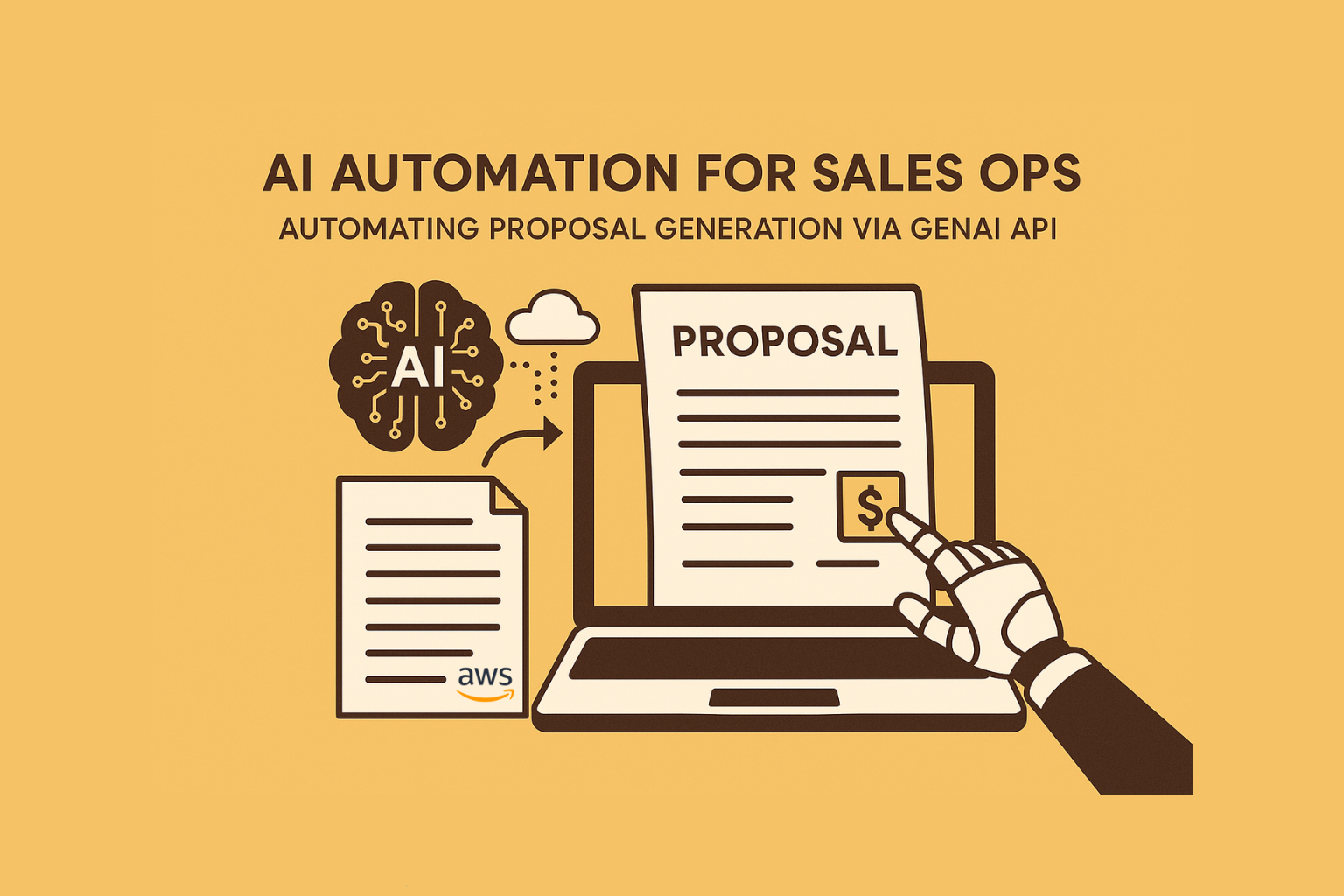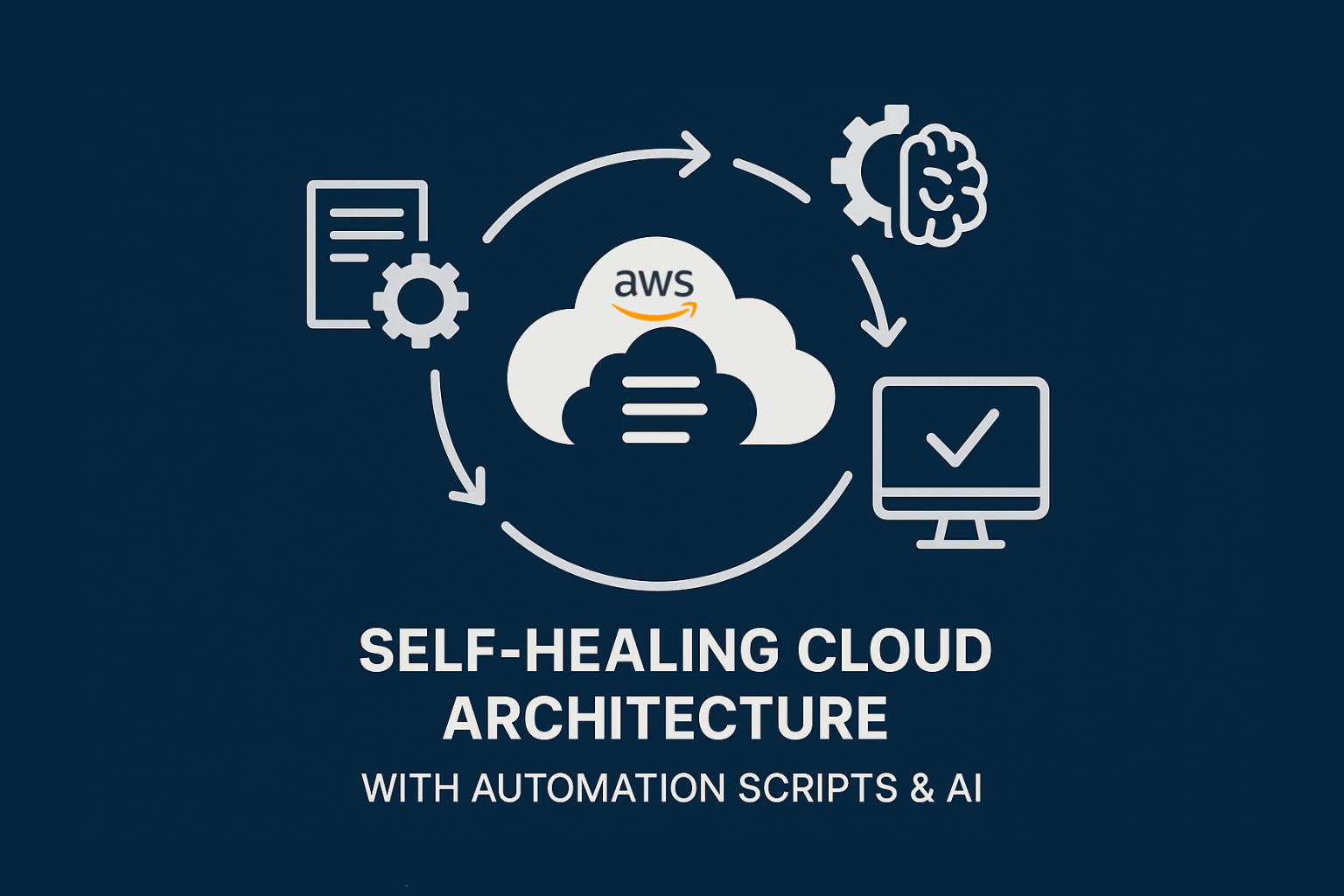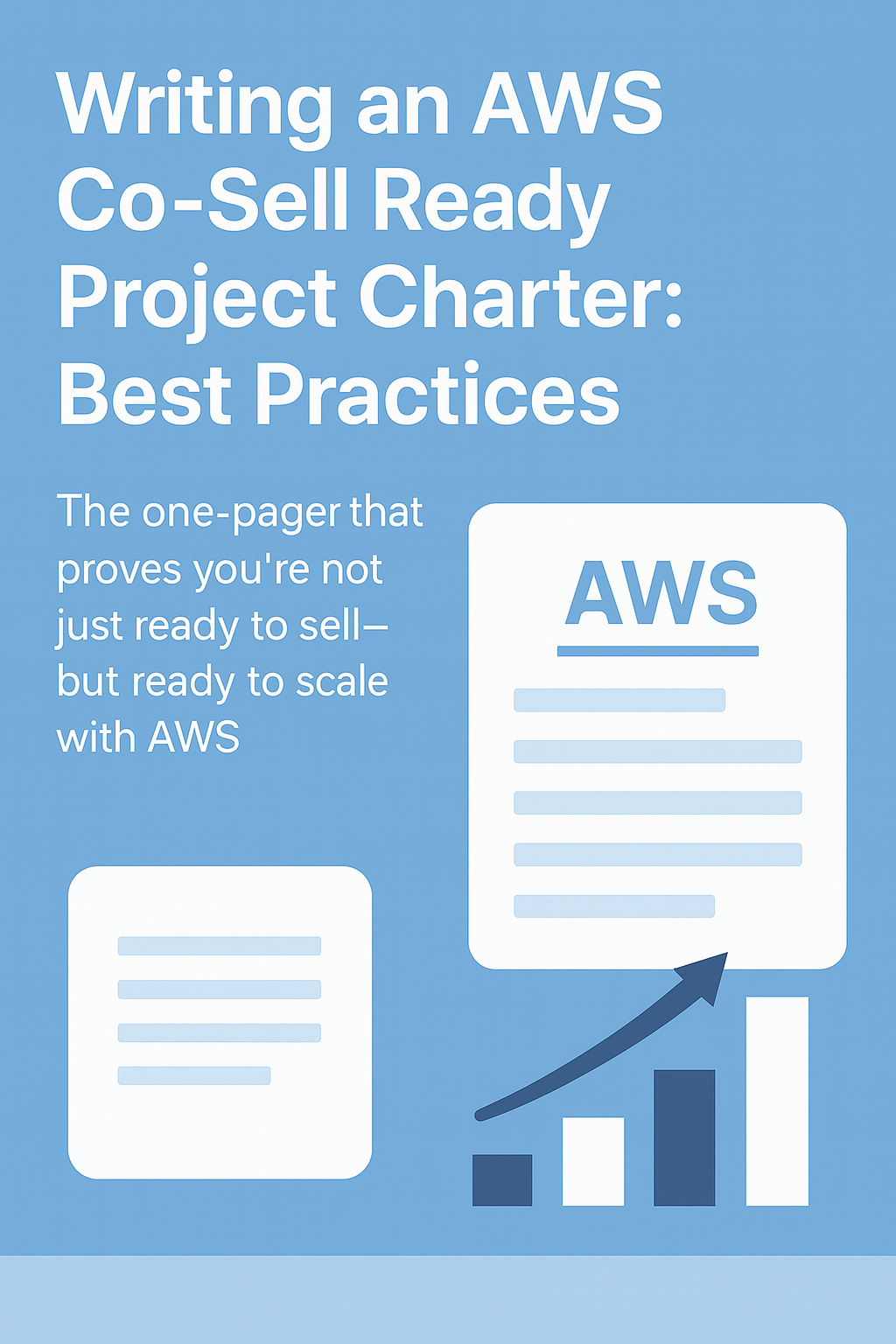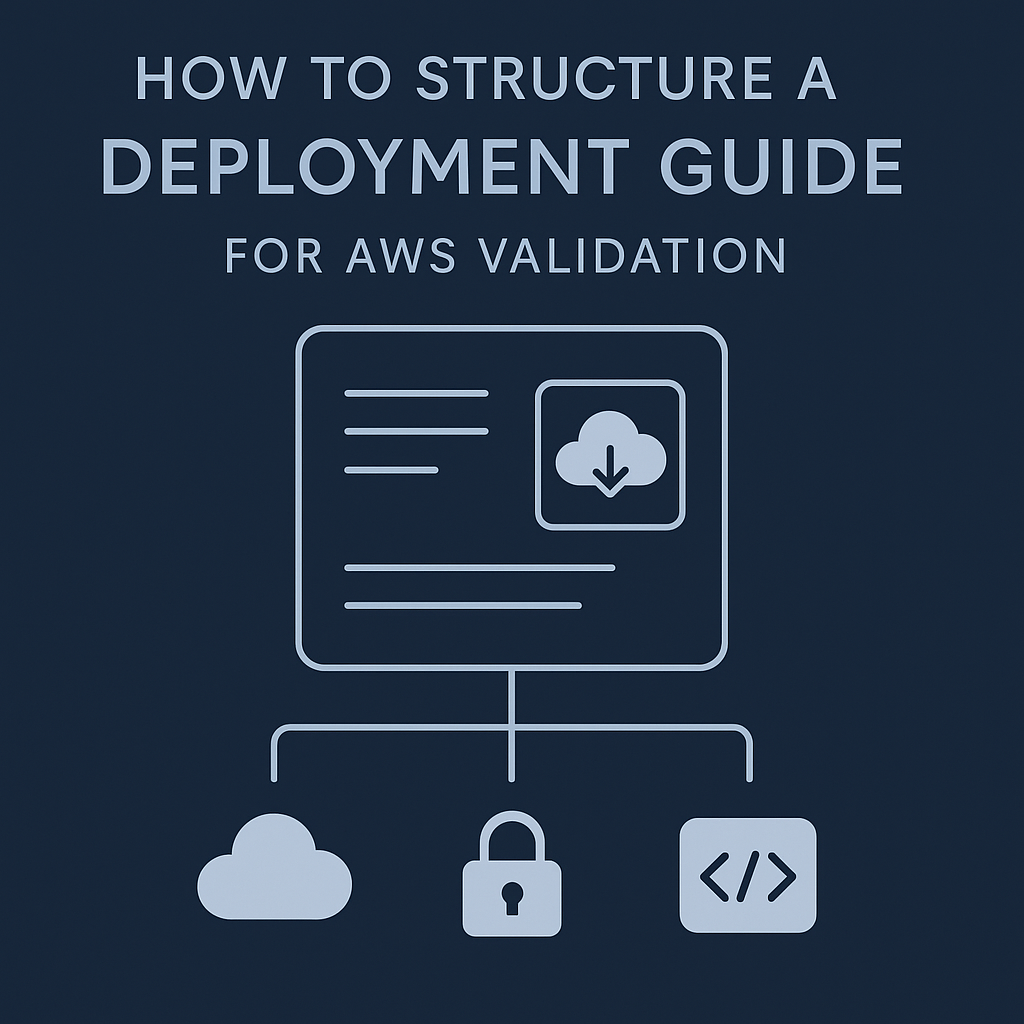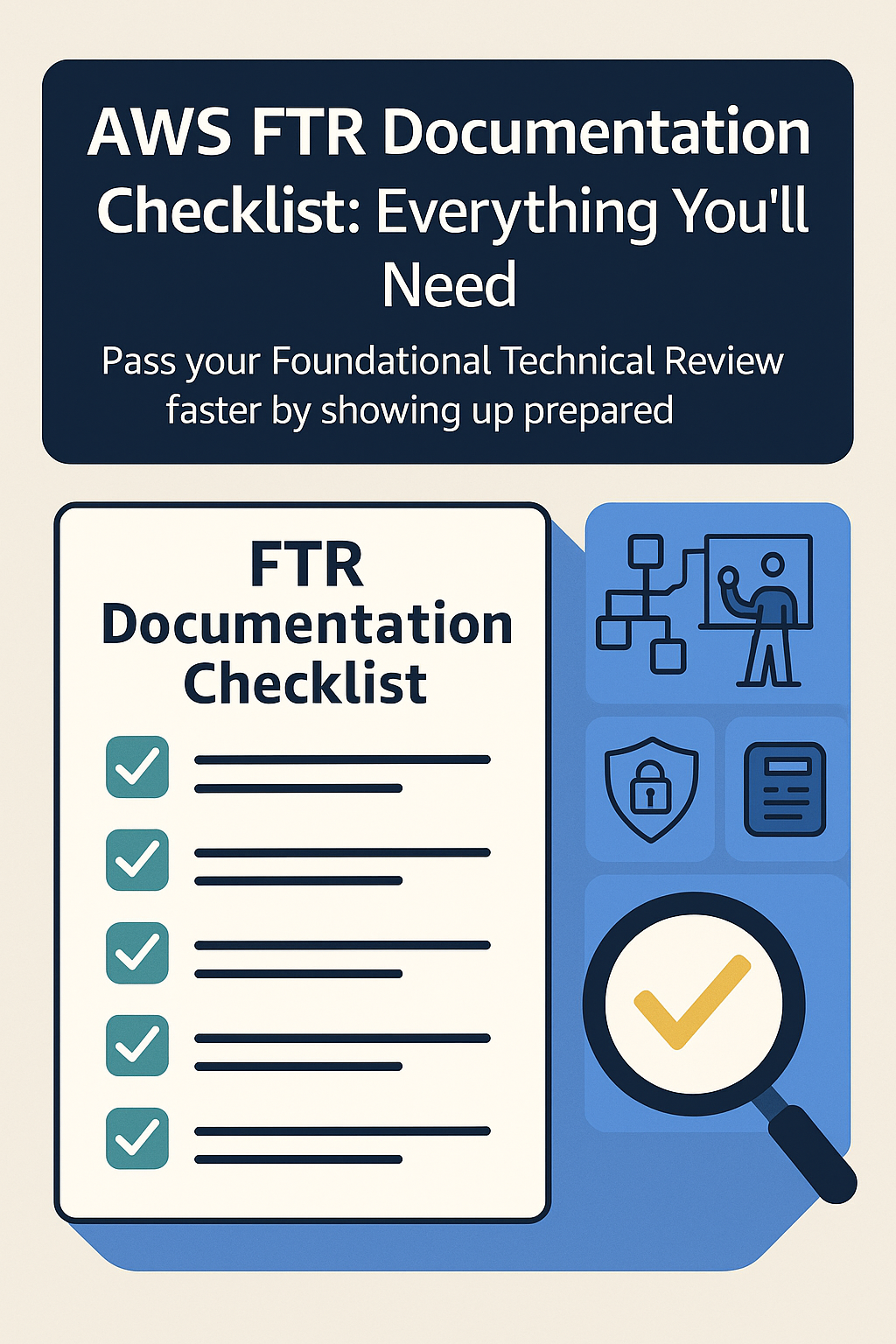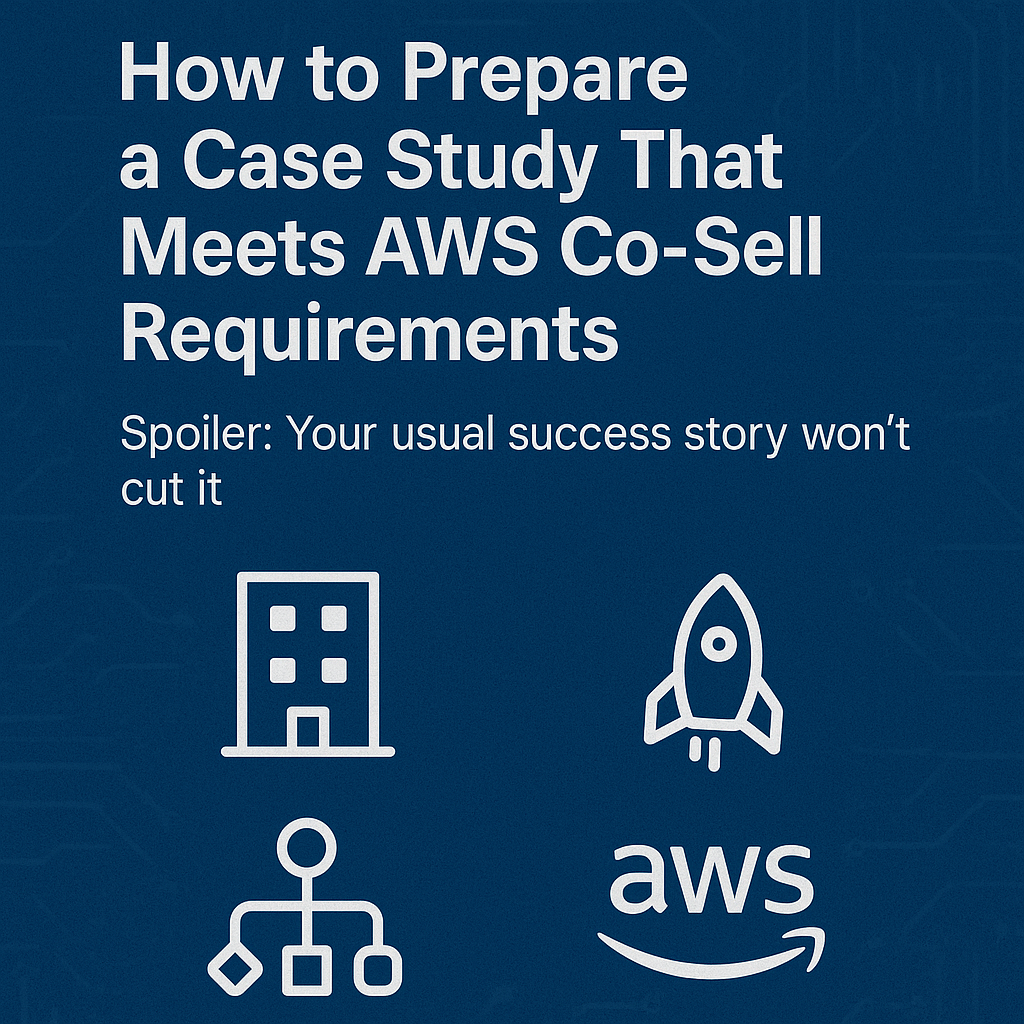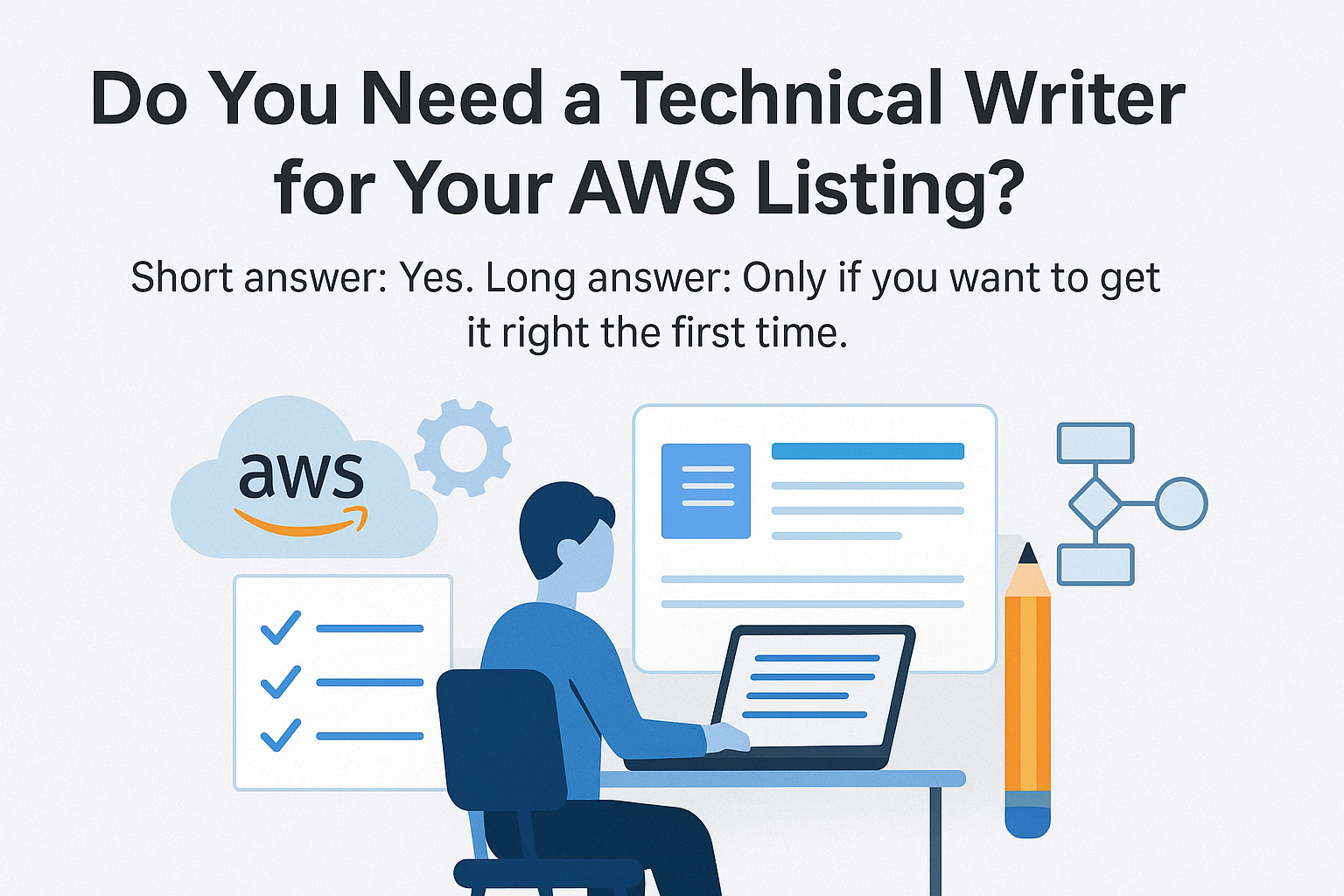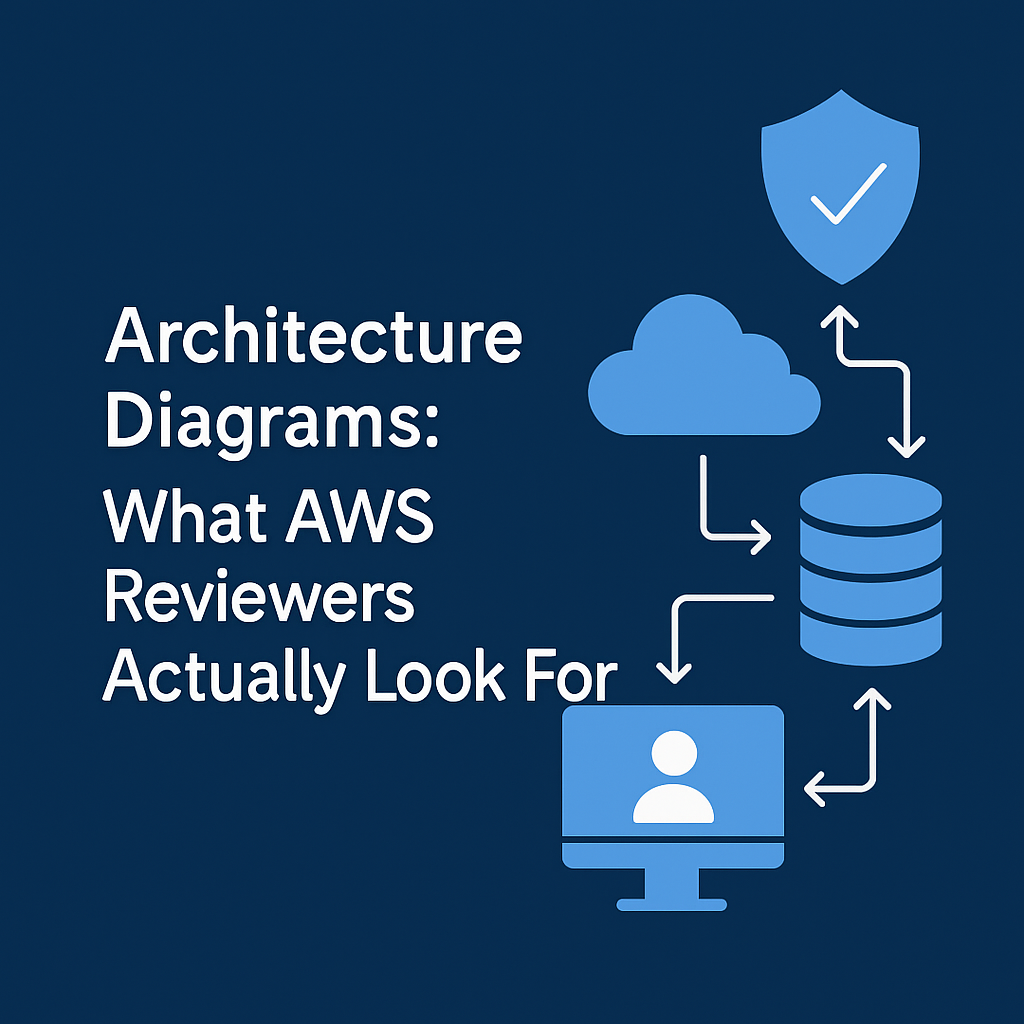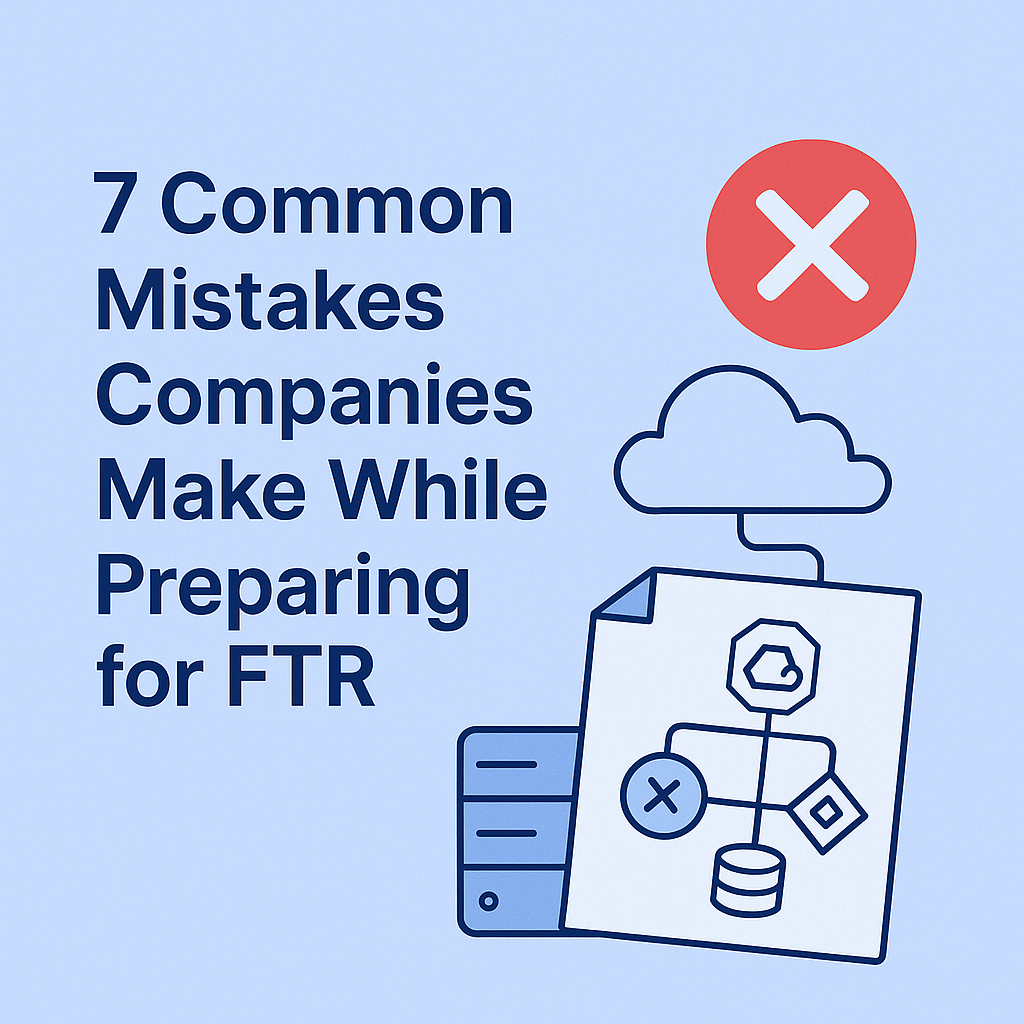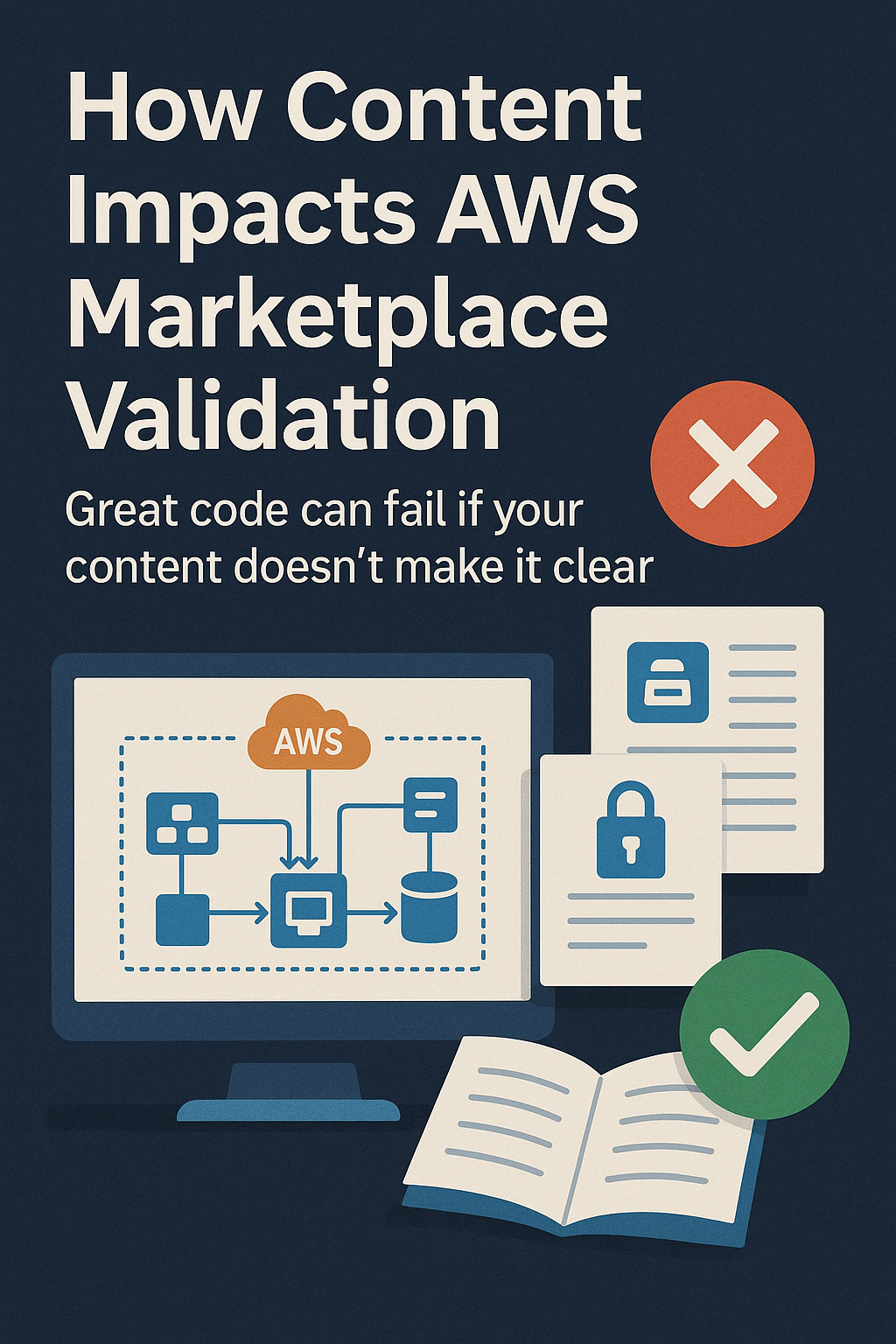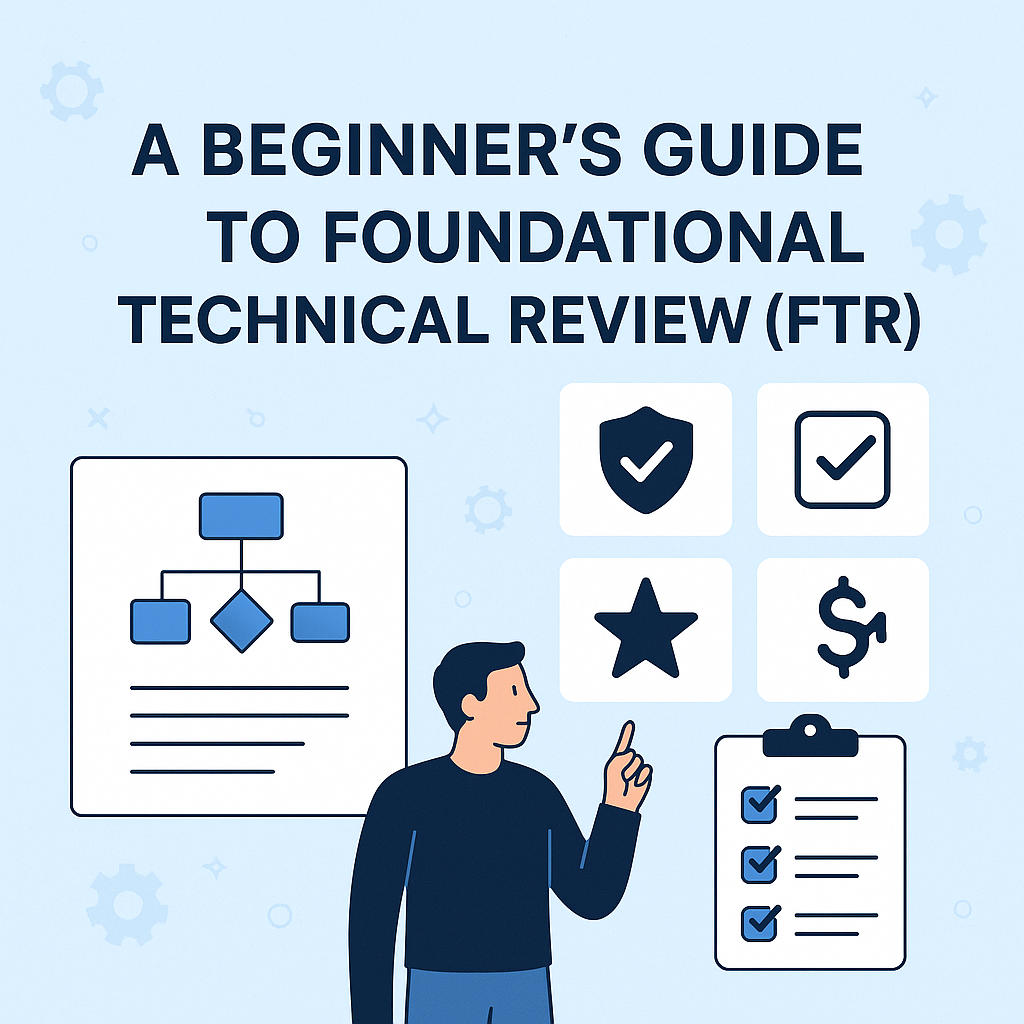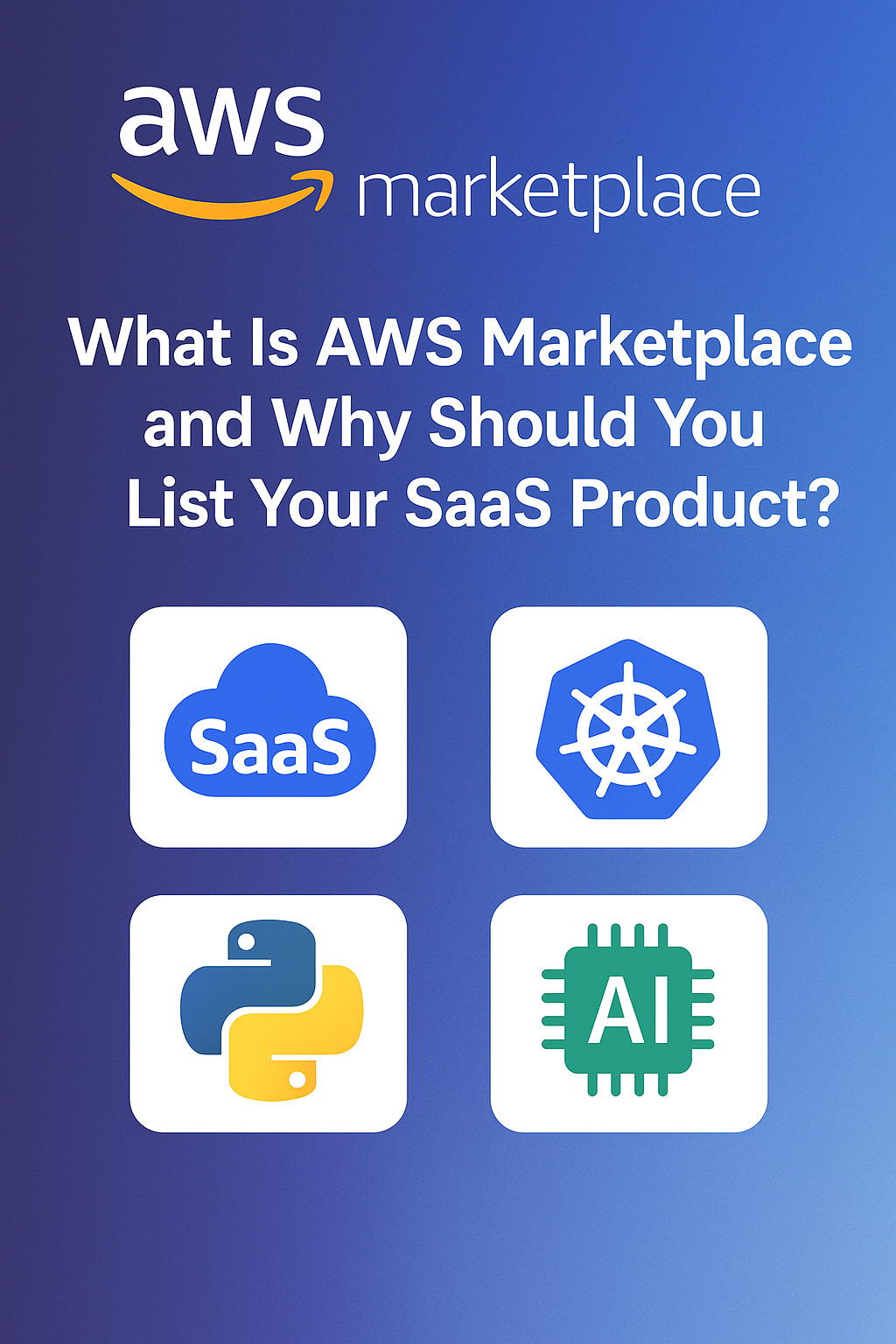From static chatbots to goal-driven agents, AWS is redefining enterprise AI with memory, reasoning, and real-world execution.
A Paradigm Shift: From Reactive to Agentic AI
At the AWS Summit 2025, Amazon didn’t just showcase incremental model improvements; they introduced a shift in how we conceptualize AI in software systems. The spotlight was on Agentic AI: a new breed of autonomous agents capable of reasoning, planning, and executing tasks with minimal human input.
Unlike traditional generative models that require precise prompting, Agentic AI systems understand intent, create plans, and use tools to achieve outcomes, all while adapting to real-world constraints.
What Makes Agentic AI Different?
Agentic AI represents a significant evolution in how intelligence is deployed at scale. These systems go beyond inference and conversation; they are goal-oriented digital workers.
Key capabilities include:
- Goal decomposition: Breaks high-level objectives into actionable steps
- Tool use and orchestration: Invokes APIs, databases, and applications
- Stateful memory: Remembers context across sessions and adapts to change
- Autonomous execution: Acts without being micromanaged by human prompts
From customer service to DevOps, these agents are designed to act, not just chat.
The Technology Behind It
AWS unveiled several innovations that make Agentic AI production-ready:
- Agents for Amazon Bedrock (GA release): A managed framework to build agents powered by foundation models, memory, and toolkits.
- Knowledge Bases + RAG: Enhanced context awareness using real-time data and enterprise documents.
- Guardrails: Pre-configured safeguards for secure, ethical, and auditable AI behavior.
Together, these capabilities allow developers to deploy agents that are intelligent, compliant, and capable of driving complex workflows.
Real-World Use Cases
The announcement was backed by compelling demos and industry examples:
- A travel agent that books flights, hotels, and events based on user preferences.
- A developer assistant that configures cloud resources, debugs APIs, and runs CI/CD pipelines.
- A customer service agent who retrieves order history, processes refunds, and coordinates across CRM tools, autonomously.
This isn’t science fiction, it’s real software, shipping now.
Why This Matters for SaaS and Enterprise Leaders
Agentic AI unlocks a new layer of enterprise automation: systems that don’t just follow scripts, but understand goals and take initiative. For product leaders and CTOs, this means:
- Rethinking user experiences as agent-mediated workflows
- Reducing operational costs by replacing rote tasks with AI execution
- Enabling vertical AI products that serve niche domains with contextual intelligence
From internal ops to customer-facing tools, the value lies in software that thinks and does.
Final Thoughts
AWS’s push into Agentic AI is more than a feature update; it’s a declaration: AI that acts is the future of intelligent software.
Whether you’re building a SaaS platform, revamping customer support, or automating infrastructure, the question is no longer “what can AI say?” but “what can AI do for you, end-to-end?”
Want to explore Agentic AI use cases for your platform or product?
At The Scribe Co., we help SaaS and infrastructure leaders communicate emerging tech with clarity. Drop us a line.
